Tower of London, Buckingham Palace, Big Ben, Notting Hill, British Museum – the list of iconic sights in London goes on and on. So how many days do you need in London to experience all it has to offer? If it’s your first time visiting, I suggest spending at least 5 days in London. That might seem like a long time, but trust me, you’ll need it. I was there for a full week and still didn’t see everything on my list!
In addition to a slew of famous museums and historic attractions, London hosts weekly street markets that are worth planning around. Food is hugely important to me when I travel, so I’ve included recommendations for everything from fish and chips to afternoon tea and Sunday roast. Some of these London activities and meals are day-of-the-week dependent, so this itinerary is Wednesday to Sunday. Feel free to adjust as needed.
I’ve organized the days by neighborhood to minimize travel time. The London Underground is not the easiest system to navigate, and delays and cancellations were common during my trip. Also, the Tube is absurdly expensive, so I walked between sights as much as possible. It helps if your hotel is centrally located. I stayed across the Thames in the Southwark neighborhood, which meant I had a scenic walk back across a bridge every evening. There are worse ways to end a day.
Without further ado, here is my tried and true itinerary for spending 5 days in London.
Day 1 – Westminster and St James
Buckingham Palace
Buckingham Palace is the official London residence of the reigning monarch of the United Kingdom. It has maintained this status since 1837 when Queen Victoria ascended the throne and had her family’s mansion considerably enlarged. (The original building dates to 1703.) Buckingham Palace boasts 775 rooms, many of which are administrative offices.
The ornate state rooms are used for official royal functions and opened for public tours only during the summer months. A large memorial monument to Queen Victoria stands just outside the main gates. This is where throngs gather several mornings a week to watch the Changing of the Guards ceremony.
St James’s Park
Buckingham Palace forms the western border of St James’s Park, one of the prettiest green spaces in London. The 57-acre park features manicured lawns crisscrossed with walking paths shaded by a canopy of leaves. A lake at the park’s center is home to large numbers of birds including swans and pelicans. The quaint cottage at the water’s edge is the headquarters for the London Parks & Gardens Trust. Exit the park near the southeast corner to head to the next stop.
Westminster Abbey
In 1065, King Edward the Confessor commissioned Westminster Abbey to be his royal burying place; he died one week after the building was completed. Edward’s consort, Edith, joined him nine years later. Considering Edith hailed from Danish Viking ancestry, it is apt that Westminster gained the nickname of “Britain’s Valhalla” for all its notable burials.
All told, Westminster Abbey is the final resting place of 3,300 people, including 30 kings and queens. Famous non-royals include Sir Isaac Newton, Charles Darwin, Laurence Olivier, and Stephen Hawking. In Poet’s Corner, you’ll find the graves of Geoffrey Chaucer, Charles Dickens, Rudyard Kipling, Alfred Tennyson, and George Frederic Handel. Many others, such as Shakespeare and Jane Austen, have memorial stones although they are buried elsewhere.
Entrance to Westminster Abbey includes an audio guide with more information than you can possibly retain. Guided tours are also available for an extra fee. Be sure to pop by the gift shop, which has some of the best souvenirs I saw on the whole trip.
Big Ben
Walk north from Westminster and Big Ben will be immediately on your right. The iconic clock tower dates to 1859 and is looking better than ever thanks to a recent restoration. Although it has officially been called Elizabeth Tower since 2012 in honor of Queen Elizabeth’s Diamond Jubilee, most people still think of it as Big Ben. (That name actually refers to the tower’s 13-ton bell that tolls on the hour.)
Churchill War Rooms
The area north of Big Ben is known as Whitehall and filled with government buildings, including the Prime Minister’s residence at 10 Downing Street. During World War II, special offices were created in the basement of the Treasury building to ensure the safety of the Prime Minister, Winston Churchill, and his cabinet members. The Churchill War Rooms include a map room, communications center, offices, and bedrooms. People worked and lived in the basement around the clock for the duration of the war.
An audio guide accompanies the tour, and former staff members share how difficult the conditions were, particularly the lack of sunlight. Today the rooms look exactly like they did when the lights were turned off in 1945 after the surrender of Japan. The site also includes a museum dedicated to Churchill’s life and career.
National Gallery
Continue north through Trafalgar Square to the National Gallery. This museum holds Britain’s collection of 2,300 paintings spanning 700 years of art history. There are dozens of masterpieces on display ranging from Michelangelo and Caravaggio to Monet and Van Gogh. Dutch Masters are well represented, with works by Rembrandt, Vermeer, Rubens, and Bruegel, just to name a few. Over half of the paintings come from private collections. The rest were purchased on behalf of the British people. The National Gallery has free entry and very generous opening hours.
Dinner: Tandoor Chop House
I always look for restaurants in the area of the day’s last activity, and, lucky for me, there’s an excellent Indian restaurant a short walk from the National Gallery. Tandoor Chop House bills itself as Indian-British fusion and I am here for it. The star dish is the “Coronation Chicken Caesar Salad,” which features roast chicken and naan croutons on little gem lettuce with mango and paneer dressing. I’ll admit to having been skeptical, but you can’t believe how good this salad is.
My second favorite dish was the beetroot kebab with chili lime coconut yogurt and pickled red onion. If you have a big appetite and want to sample a bunch of different dishes, order the “Big Feast.” It’s a fantastic value.
Day 2 – Mayfair, Soho, and Covent Garden
The Wallace Collection
During the 18th and 19th centuries, the Marquesses of Hertford were among the wealthiest families in Europe. They were avid art collectors, amassing a large holding of paintings, armor, Limoges enamel, and Italian maiolica. A highlight of the collection is the vast amount of 18th-century French art, which the family purchased from the new government of France after the French Revolution. Many of the pieces came from the Chateau de Fontainbleu.
The 4th Marques of Hertford, who never married, left the family’s London townhouse and entire art collection to his illegitimate son, Sir Richard Wallace. Wallace’s widow then bequeathed it all to the British nation in 1897. The Wallace Collection has been open to the public since 1900 and entry is free. The familial wealth on display here is mindboggling.
Claridge’s Afternoon Tea
Claridge’s Hotel opened its doors in 1856 and quickly earned a reputation for luxury. Queen Victoria and Prince Albert visited in 1860 and gave their stamp of approval. Soon Claridge’s was the favorite hotel of foreign monarchs and heads of state. The lobby received an Art Deco makeover in the 1920s and many of those elegant details survive to this day. Claridge’s afternoon tea is served daily in the grand Foyer & Reading room just behind the lobby.
Tea starts with a selection of finger sandwiches and a seasonal vegetable tart, and ends with warm scones and a plate of desserts, which change frequently. My server was a veritable tea sommelier who helped me choose a brew from the lengthy tea menu. She also ensured my teapot was always topped off with hot water.
Liberty London
In 1875, Arthur Liberty opened a small store stocked with fabric and ornamental objects from around the world. Society at the time was obsessed with the exotic East and the store was an instant success. By the 1920s, Arthur had made enough money to expand into the grand department store we see today. To create the building’s faux-Tudor façade, wood was used from decommissioned battle ships.
The interior has a warm, homey feel thanks to carved wood paneling and high-quality furnishings. In addition to featuring the work of up-and-coming designers, Liberty London has its own line of fabrics, fashions, and home goods.
Soho and Covent Garden
These are two of the most popular shopping, dining, and entertainment districts in London. Soho street names you might recognize include Carnaby, Oxford, and Regent, just to name a few. London’s LGBTQ+ scene is centered on Old Stockton Street, while Chinatown can be found on Gerrard Street. Covent Garden is home to the Royal Opera House and several theaters. If you’re searching for the line of five red phone booths, they’re on Broad Court between Bow Street and Drury Lane.
Dinner: Mother Mash
End the day with a British classic: pie and mash. Mother Mash turns this humble dish into the ultimate comfort food by letting you customize your meal from start to finish. First, choose your mash. There are eight different kinds of mashed potatoes on the menu, from plain classic to “bubble and squeak,” which is crammed with cabbage, peas, and onion. Next, choose your main from a lengthy list of sausages and pies. Lastly, pick your gravy.
I opted for cheesy mustard mash with a chicken, mushroom, and bacon pie and traditional gravy. Winning combination! Everything was so good that I couldn’t resist trying one of their puddings. The gingerbread studded with apple and stem ginger did not disappoint.
Day 3 – British Museum and Kings Cross
British Museum
When it comes to the best museums in the world, the British Museum is near the top of the list after the Louvre and the Metropolitan Museum of Art. The British Museum has been open since 1759 and has nearly 8 million artifacts in its collection. Were some of these items obtained through dubious means? Possibly. But it is a really special experience to wander the halls and see all that world history in one place.
As ever, my favorite department is Egyptian Antiquities, with the two biggest treasures being the Rosetta Stone and a bust of Ramesses the Great. Other must-see pieces include the Sutton Hoo helmet, Lewis Chessmen, Samurai armor, and Assyrian sculptures. The most controversial are the Parthenon Marbles, taken from Athens by Lord Elgin in 1801. You can read the British Museum’s statement on the issue here.
Charles Dickens Museum
Literary fans may want to walk 15 minutes northeast to the Charles Dickens Museum. Here you will find the house where Charles Dickens lived with his family from 1839-37. During those two years, Dickens wrote four novels in the house, including The Pickwick Papers and Oliver Twist. The museum has been open since 1925. It contains original manuscripts and letters, first editions, and personal family items. Note that last entry is 4pm.
The Lamb
Non-literary fans may be museumed out and in need of a cold pint. In that case, head to The Lamb, a charming pub three streets over from the Charles Dickens Museum. (The author is said to have been a frequent patron.) The pub dates to the 1720s and was refurbished during the Victorian era. The Lamb is one of the few London pubs to retain its “snob screens.” These etched glass panes swivel out from the bar to give the drinker a bit of privacy. Even more privacy can be found in the walled garden out back.
Regent’s Canal
From either the pub or the Dickens Museum, walk 25 minutes due north past Kings Cross station and you’ll come to Regent’s Canal. This picturesque waterway stretches for over eight miles around London. It was created in the early 1800s as a transport link between the Thames and Grand Union Canal, a major shipping route to the Midlands.
With trains and lorries now doing all the heavy lifting, Regent’s Canal is the domain of houseboats and pleasure craft. The towpath lining the banks is an excellent place for a stroll, especially with the gentrification of the former docks. Don’t miss Word on the Water, a floating canal boat turned indie bookshop.
From Kings Cross St Pancras station, it’s easy to go just about anywhere in the city. Instead of eating dinner locally, I opted to return to my hotel in Southwark and find something on that side of the river.
Dinner: Fishcotheque
I ended up having fish and chips at Fishcotheque, a beloved local chips shop near Waterloo station. Fishcotheque has been open since the 1970s, hence the disco-y name, and gets its fish delivered daily from Billingsgate Market. My cod was so tasty I was dancing in my seat! The fish was flaky and moist inside a perfectly crispy batter. I ordered the medium size and the portion was still so generous I couldn’t finish all the chips.
Day 4 – Notting Hill and Kensington
Portobello Road Market
I first heard of Portobello Road in the movie Notting Hill, but the street actually dates to the Victoria era. Antique dealers moved in after WWII and the Portobello Road Market quickly became a London staple. Fridays and Saturdays are the most popular days, with stands set up in the pedestrian-only street.
In addition to antiques and bric-a-brac, you can find everything from vintage clothes and handmade jewelry, to flowers and baked goods. This is also a good place to get your cheap(ish) London-themed souvenirs.
Notting Hill and Kensington
I visited London in late April when the gardens were in full bloom. Thus, I found myself wandering around Notting Hill and Kensington in a full state of #wisteriahysteria. I strolled the streets for hours, admiring the pretty purple blooms and hunting for façades made Instagram famous. It was surreal to finally see some of them in person.
If this isn’t your cup of tea, or you visit during a different season, kick back in a historic pub or visit one of the museums in South Kensington instead.
Holland Park
This public park began life as the country estate of Sir Walter Cope. He built a turreted mansion on his 500-acre property in 1605 and counts King James I among his guests. The estate passed to the 1st Earl of Holland a short time later, and Cope Castle became Holland House. It was fire-bombed by Germany during The Blitz, and what remains today is a fraction of the original structure. A surviving wing is now used as a youth hostel, while the front terrace hosts summer opera performances.
The home’s formal gardens have been restored and were planted with tulips and perennials during my visit. Another highlight is the Kyoto Garden. This traditional Japanese garden was donated by the city of Kyoto in 1991 and will make you feel like you’ve been transported around the world in an instant.
Dinner: Maggie Jones’s Restaurant
Maggie Jones’s Restaurant has been a Kensington staple since 1964. It is reported that Princess Margaret liked to dine there under her alias, Maggie Jones, and the restaurant was renamed in her honor. I can see why she liked it. The place oozes rustic charm, with cozy wooden booths and mismatched china.
The farmhouse theme carries through to the menu. I enjoyed an outstanding cheese and leek tart followed by shepherd’s pie. These are Maggie Jones’s most popular dishes for a reason. Dinner came with a bounty of veggies and warm bread.
Day 5 – The East End
Columbia Road Flower Market
What is now Columbia Road was once a footpath for sheep and cattle being led to the Smithfield slaughterhouses. Homes and shops were added in the Victorian era to accommodate London’s growing population. Since many of the homes had small gardens, a weekend flower market gradually developed.
Today the Columbia Road Flower Market is one of the most popular street markets in London. It’s held every Sunday and draws quite a crowd. Stalls selling cut flowers and potted plants line the road in front of an eclectic row of shops and cafes. Start at the upper end of the market and walk southwest towards Shoreditch.
Shoreditch and Brick Lane
Shoreditch is London’s hipster enclave, packed with cool cafes and indie boutiques. It is also home to some of the best street art in the city. Creative types have been drawn here ever since Shakespeare got his start at a neighborhood theater back in the 16th century. Because Shoreditch was outside the official London city limits, it was less hindered by strict morality and governmental oversight.
Theaters and music halls thrived until the bombs came crashing down during the Blitz. The area fell into decline, but has experienced a remarkable – and colorful! – transformation in recent years.
Shoreditch blends seamlessly into Spitalfields. Now super trendy, Spitalfields was a notorious slum in the 19th century that was home to a graverobbing gang and one of Jack the Ripper’s victims. Today Spitalfields is best known for its Bangladeshi curry houses and Sunday street market.
Hawksmoor Sunday Roast
Sunday roast is the ultimate British feast. It consists of a hunk of slow-roasted meat, usually beef, with Yorkshire pudding, potatoes, vegetables, and gravy. There was no way I could visit the UK and not partake of this traditional meal. After much research, I settled on Hawksmoor Spitalfields for my Sunday Roast experience, and it did not disappoint!
The meat was succulent and I loved the kick from the horseradish. And all the vegetables kept the meal from feeling too heavy. I wasn’t sure what to expect from the Yorkshire pudding considering this was my very first one. (Not sure why it’s called a pudding since it’s actually a hollow bread. And British pudding is also a generic word for dessert.) But it’s the perfect vehicle for soaking up all the gravy so who am I to question it!
Tower of London
Your 5 days in London simply would not be complete without a stop by the Tower of London. This impressive stone castle was built by William the Conqueror in the 11th century. It served as a defensive fortress, luxurious royal palace, and prison.
Anne Boleyn faced both her coronation procession and execution at the Tower; her ghost is said to haunt the grounds. She has a lot of company. So many royals and ministers were killed here during the Middle Ages that it came to be known as the Bloody Tower.
Today the only thing kept under lock and key is the Crown Jewels of England. This priceless collection has over 100 pieces, such as crowns and swords, covered in 23,000 gemstones and some of the largest diamonds in the world.
Dinner: Legare
If you have room for dinner after the Sunday Roast, I recommended continuing across the river to Legare. This Italian eatery has Michelin Bib Gourmand status for a reason. The seasonal menu features British produce and seafood in the antipasti and handmade pasta.
At the time of my visit, the star dishes were Scottish razor clams, burrata with purple artichokes and crispy sage, and pasta with fennel sausage ragu. The dishes were simple but packed full of bold flavors.
For dessert, do yourself a favor and order several cannoli. The vanilla cream is silky smooth and the toasted pistachios add wonderful complexity. This is seriously the best cannoli I’ve ever eaten. Reservations are a must.
How would you spend 5 days in London?
Ready to plan your trip? Save this blog for easy reference!
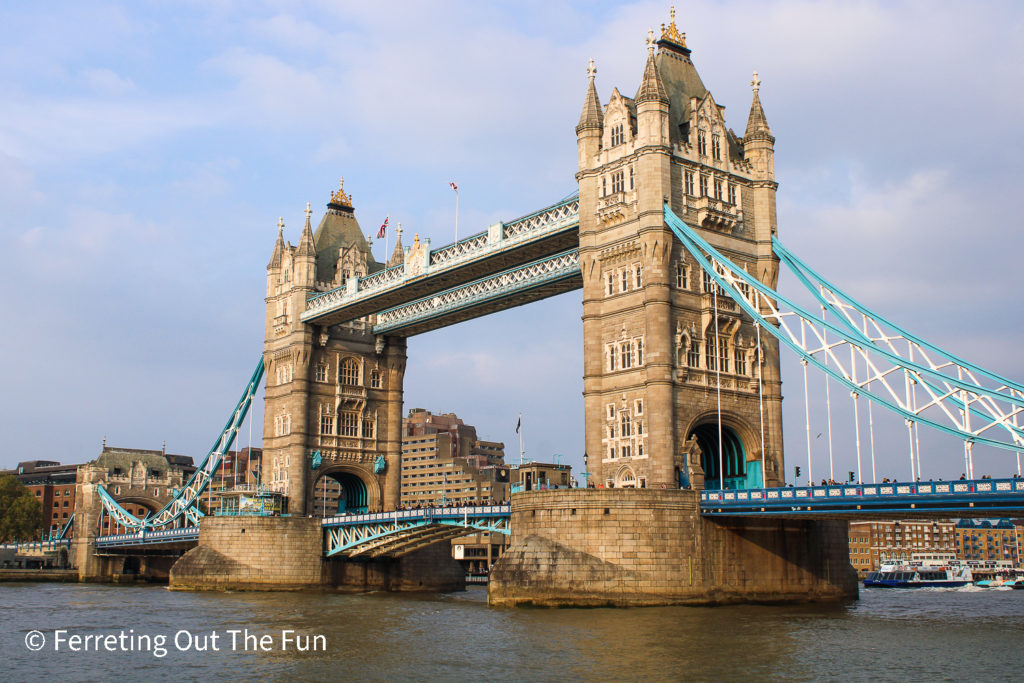
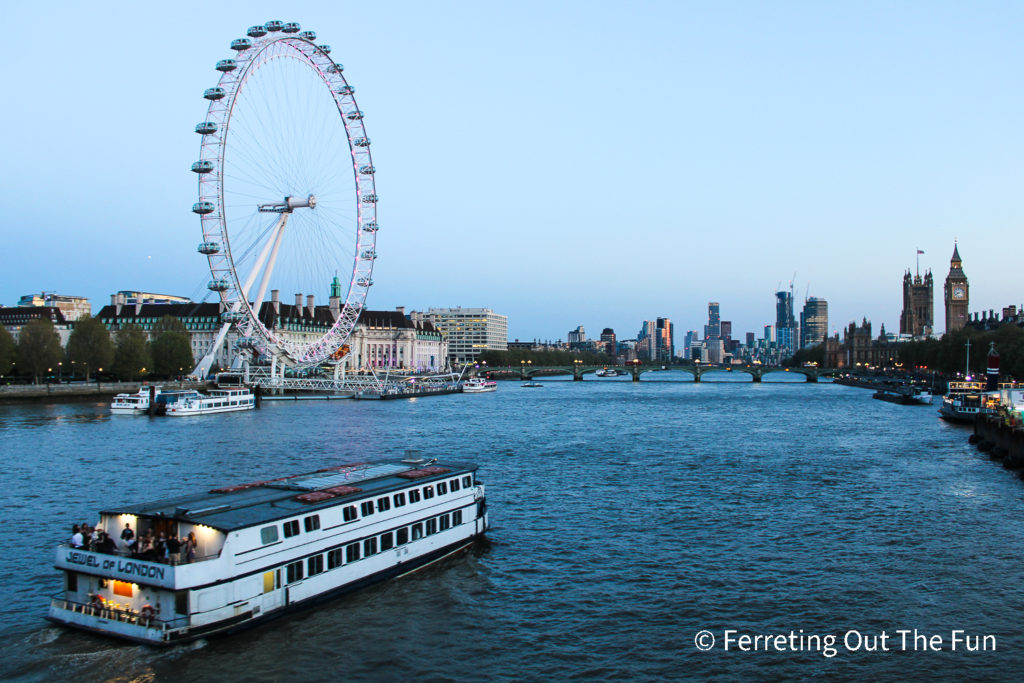
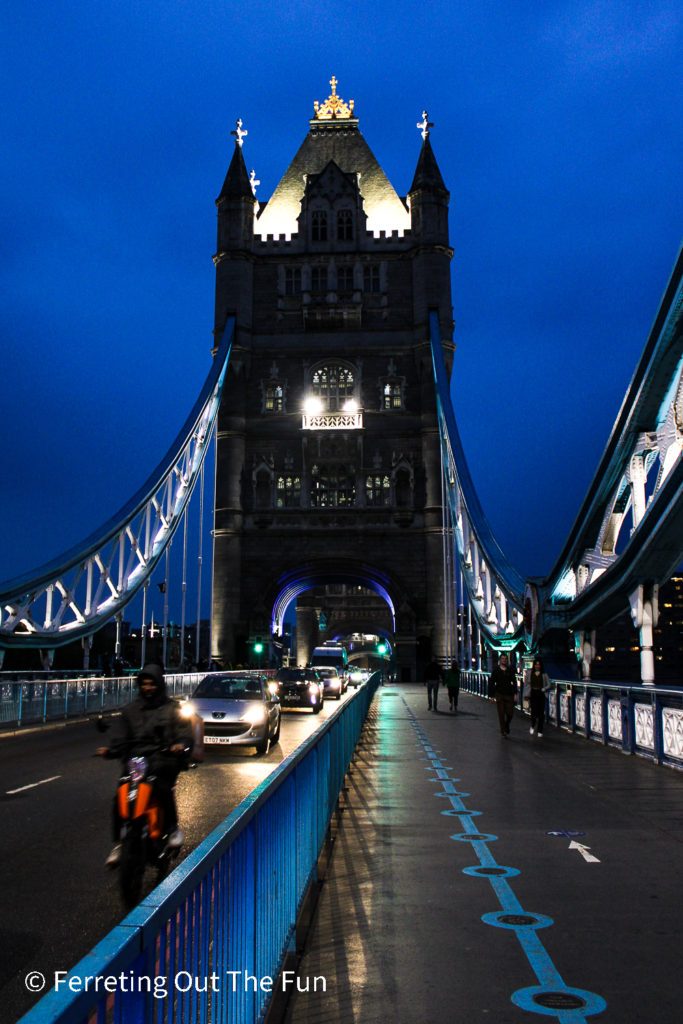
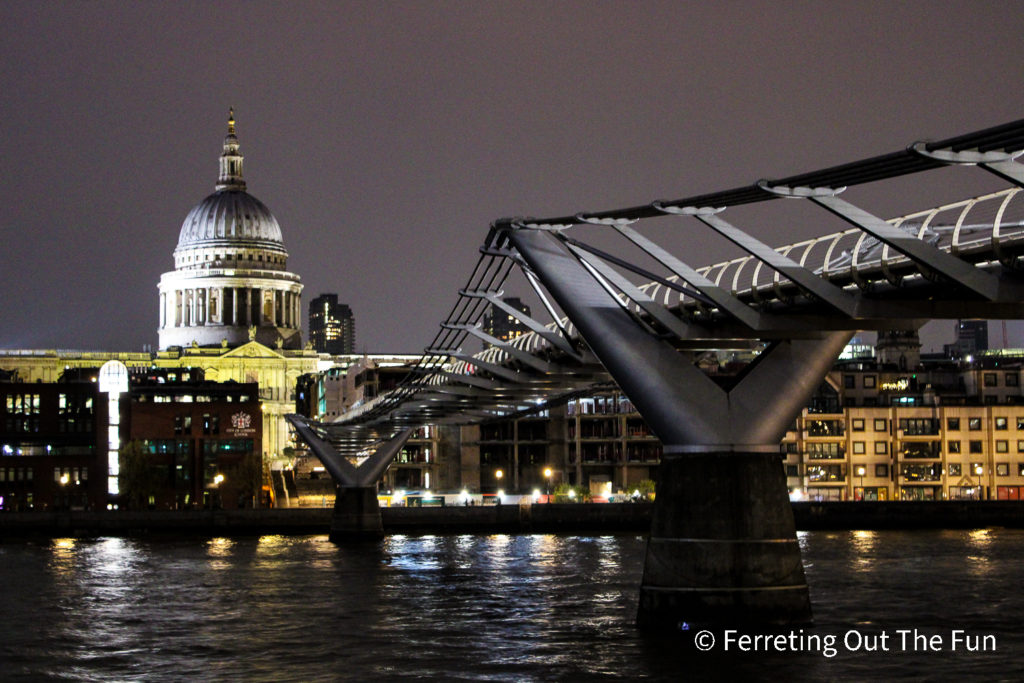
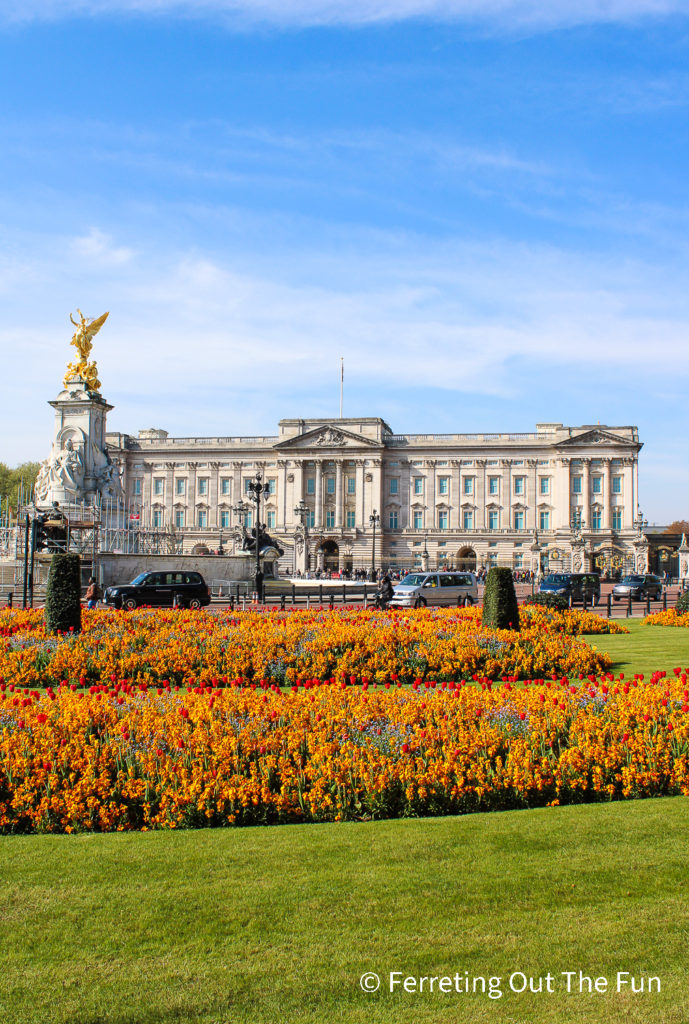
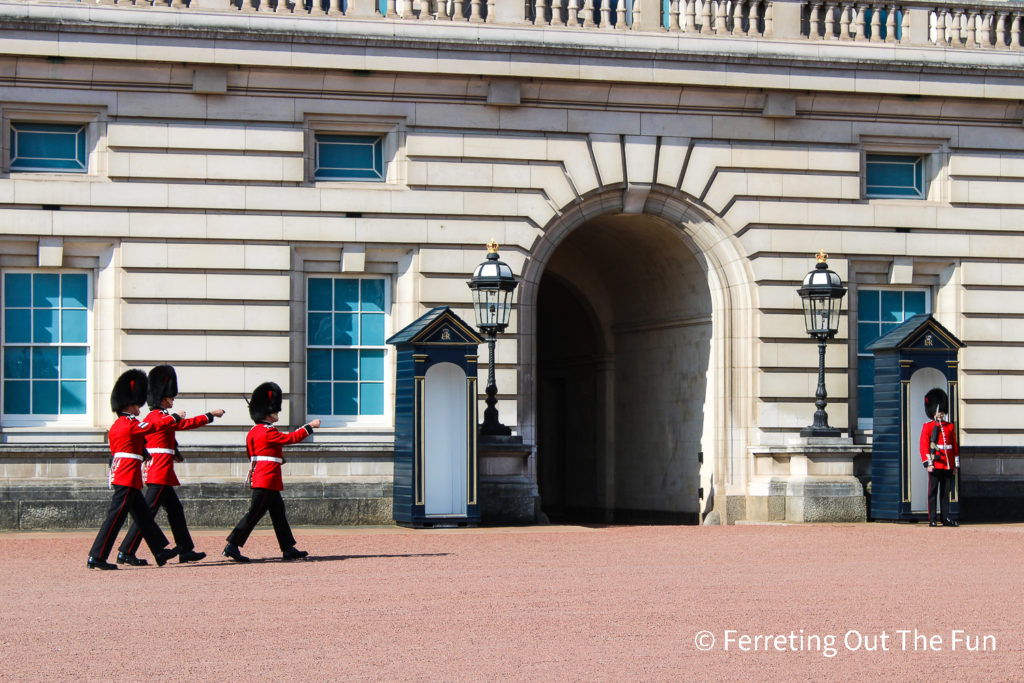
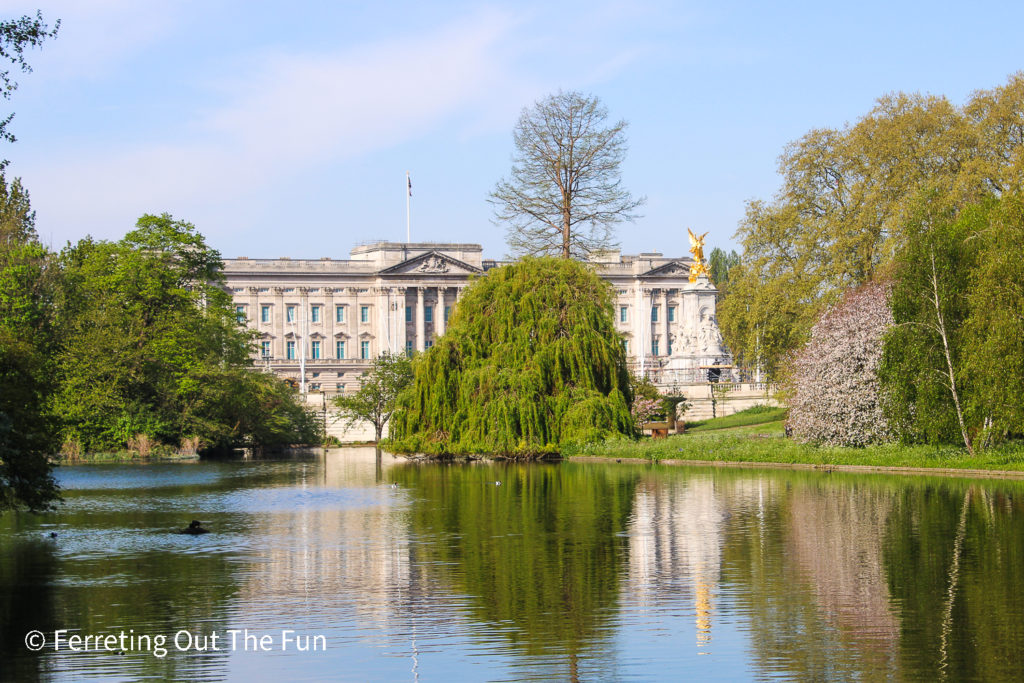
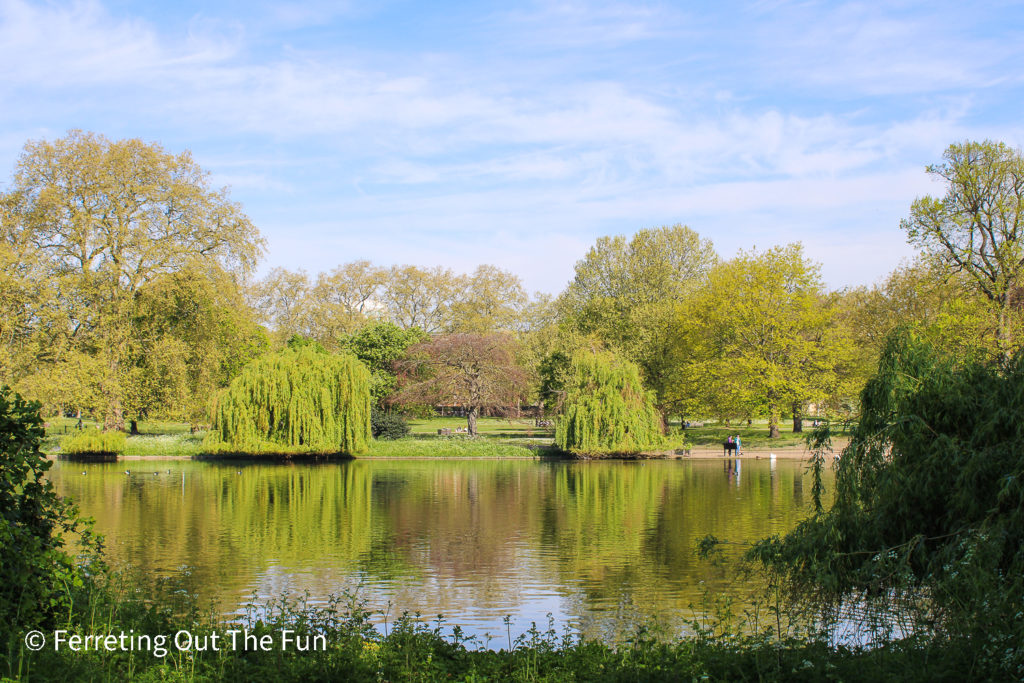
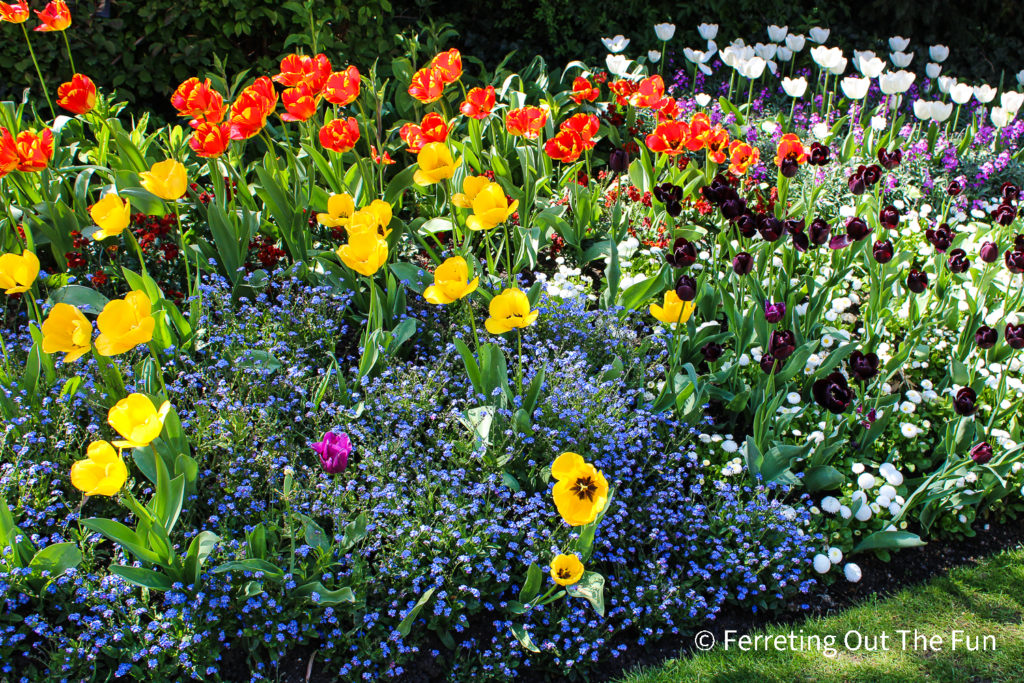
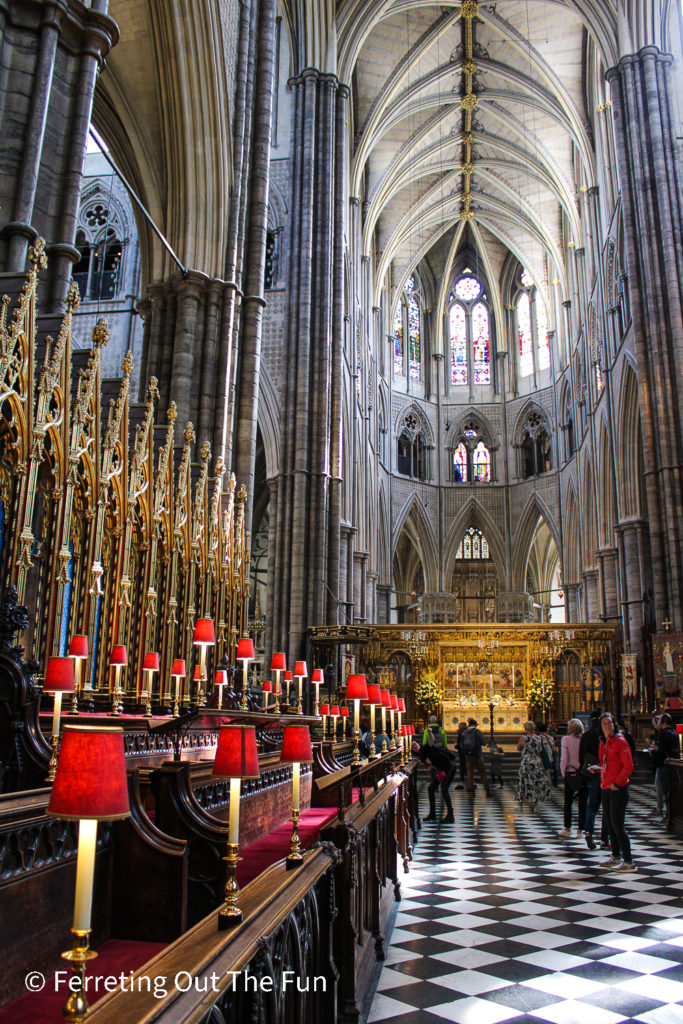
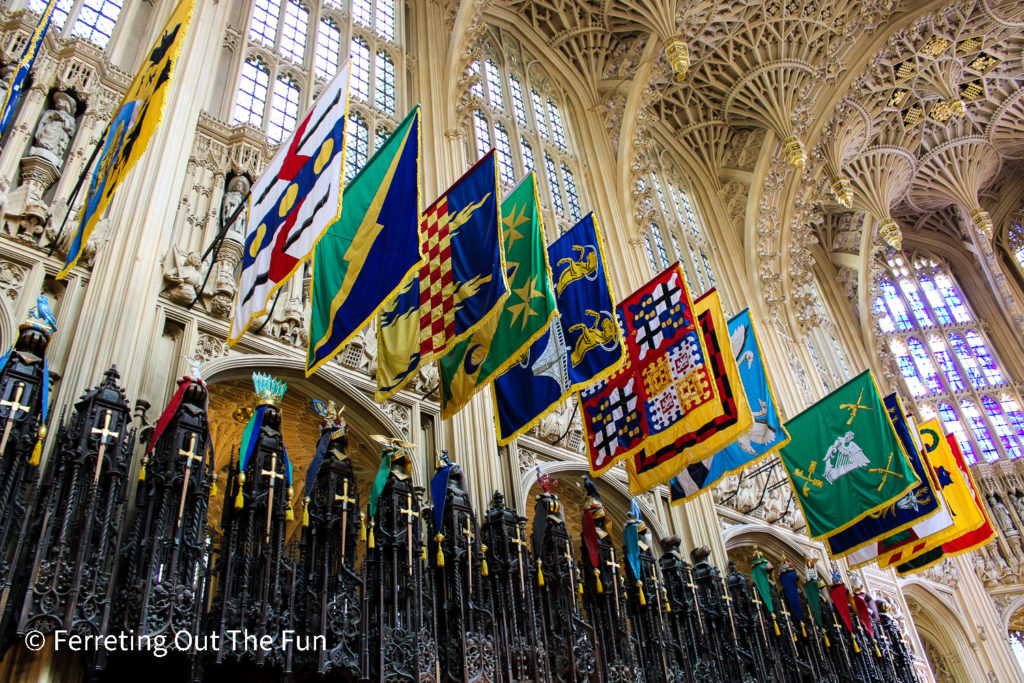
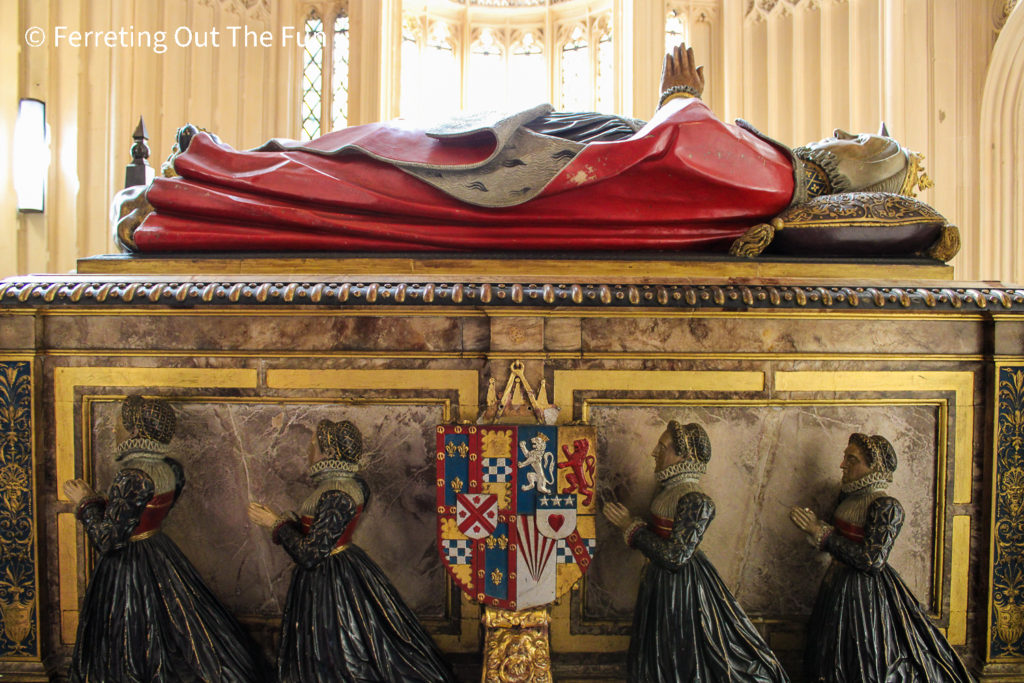
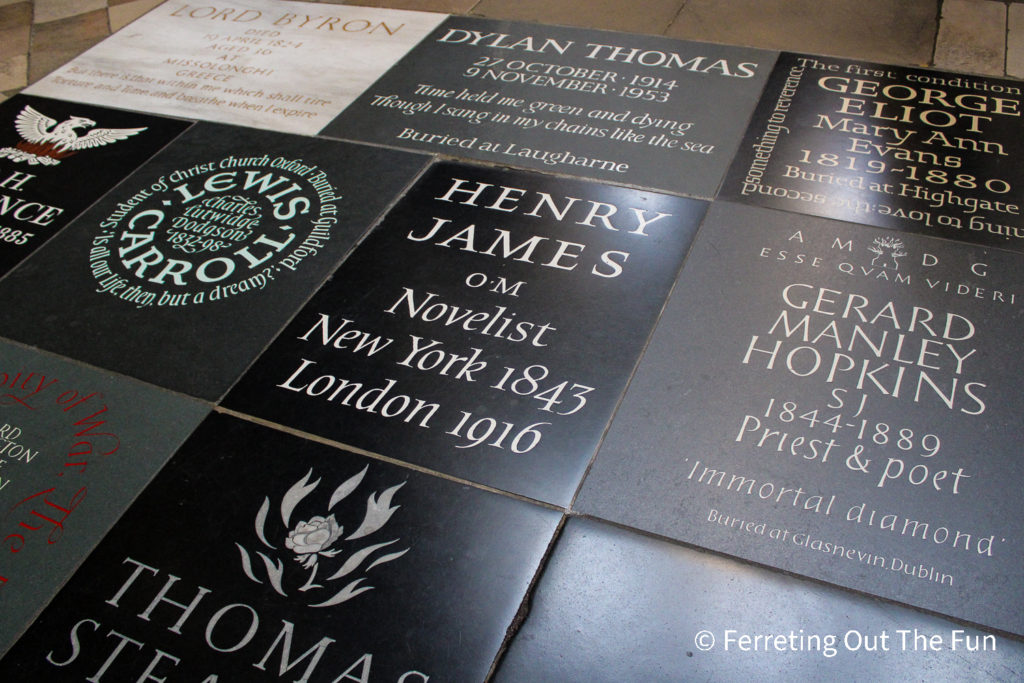
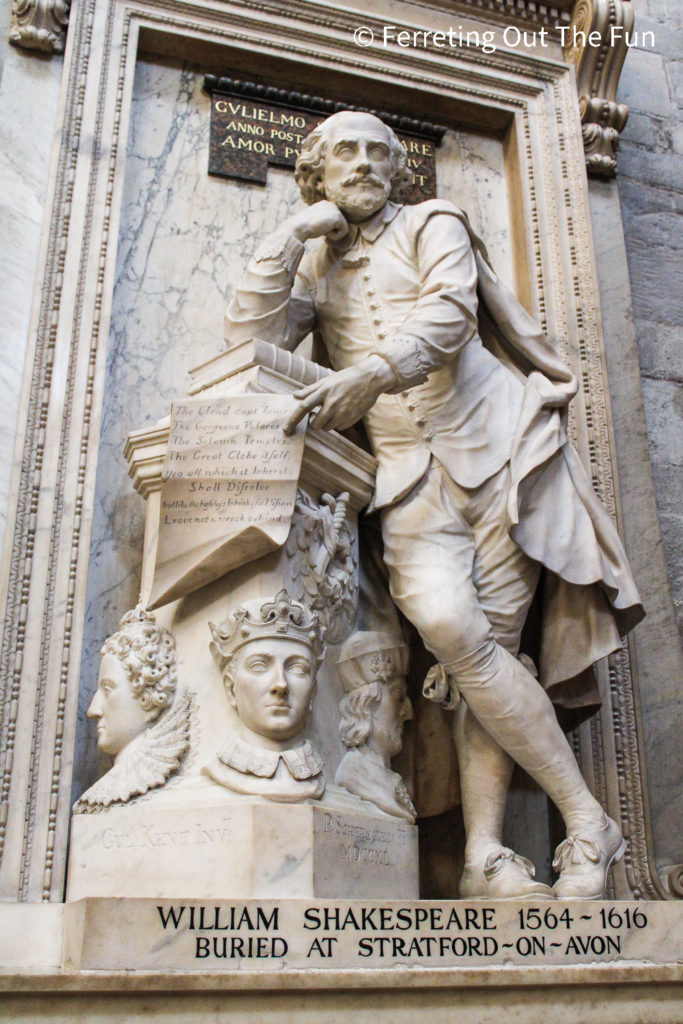
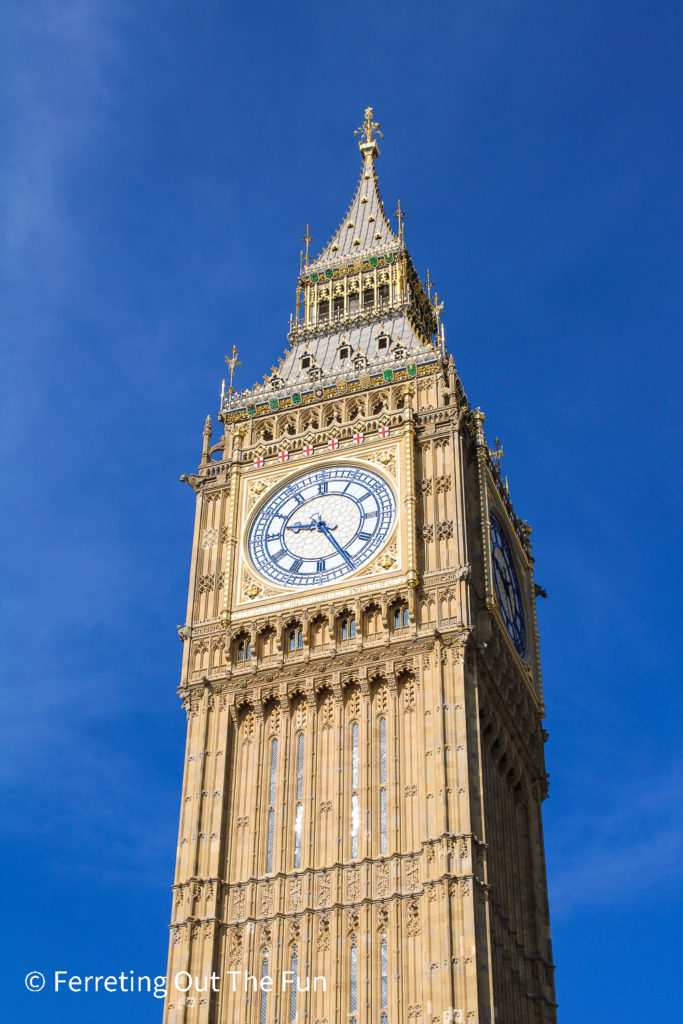
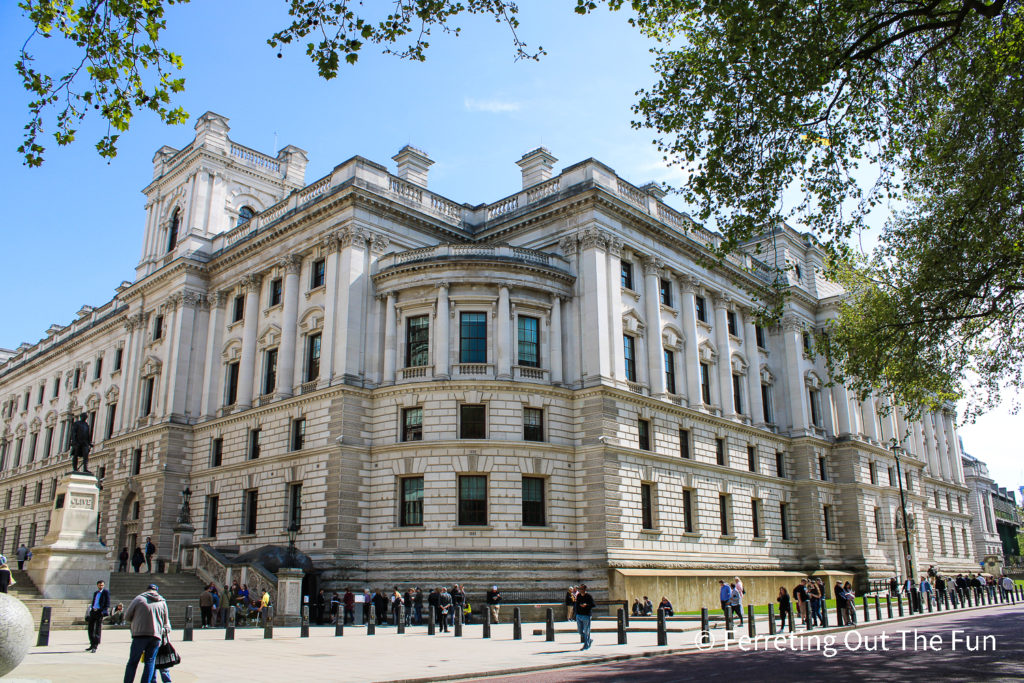
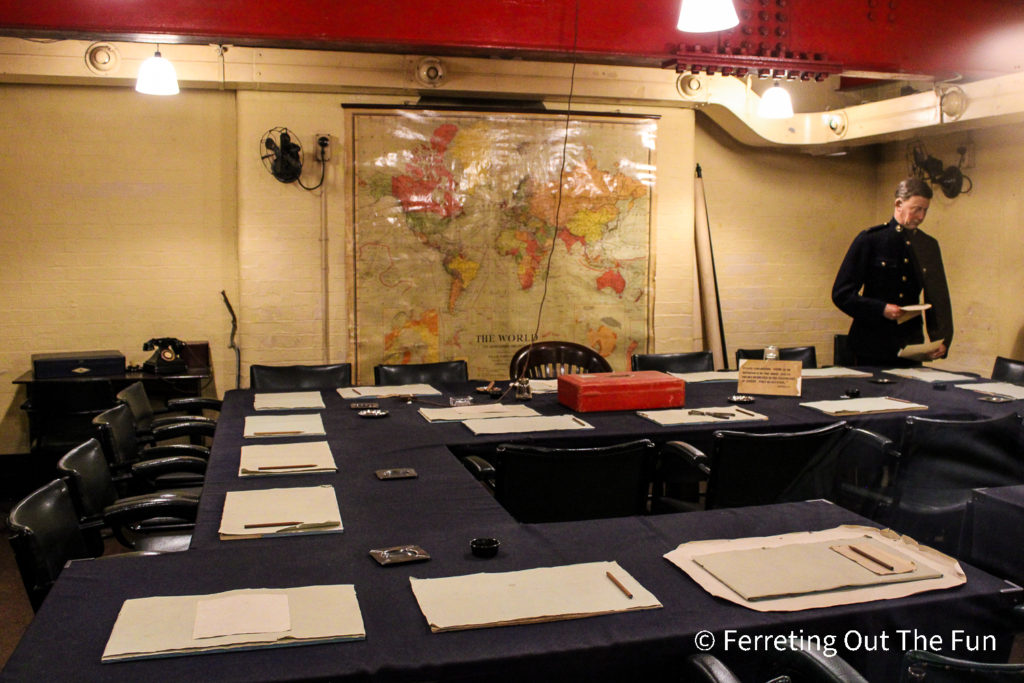
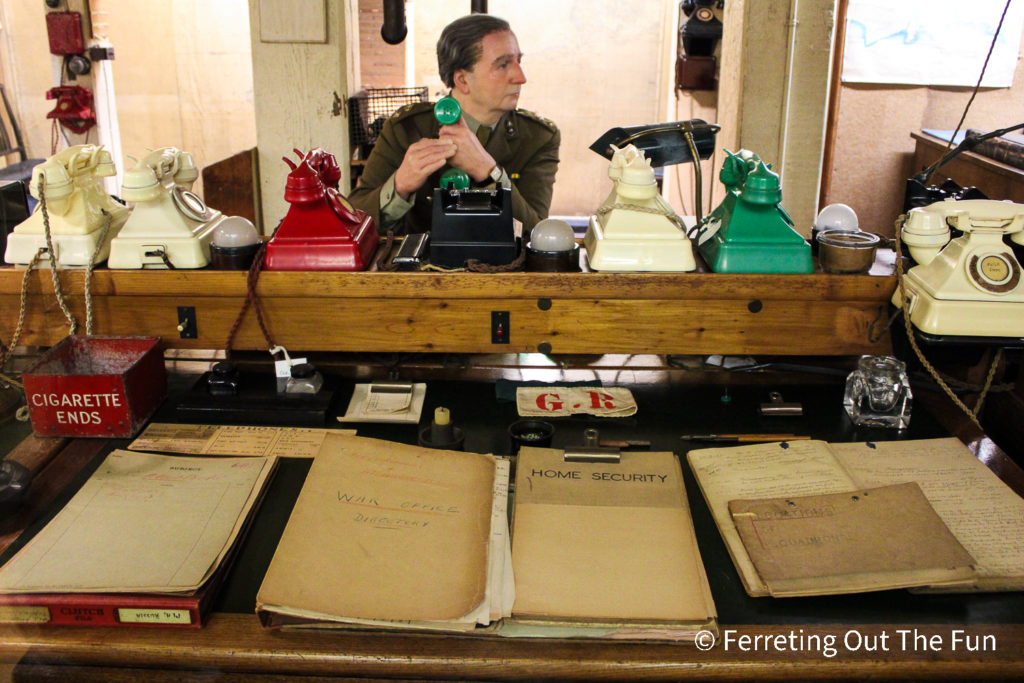
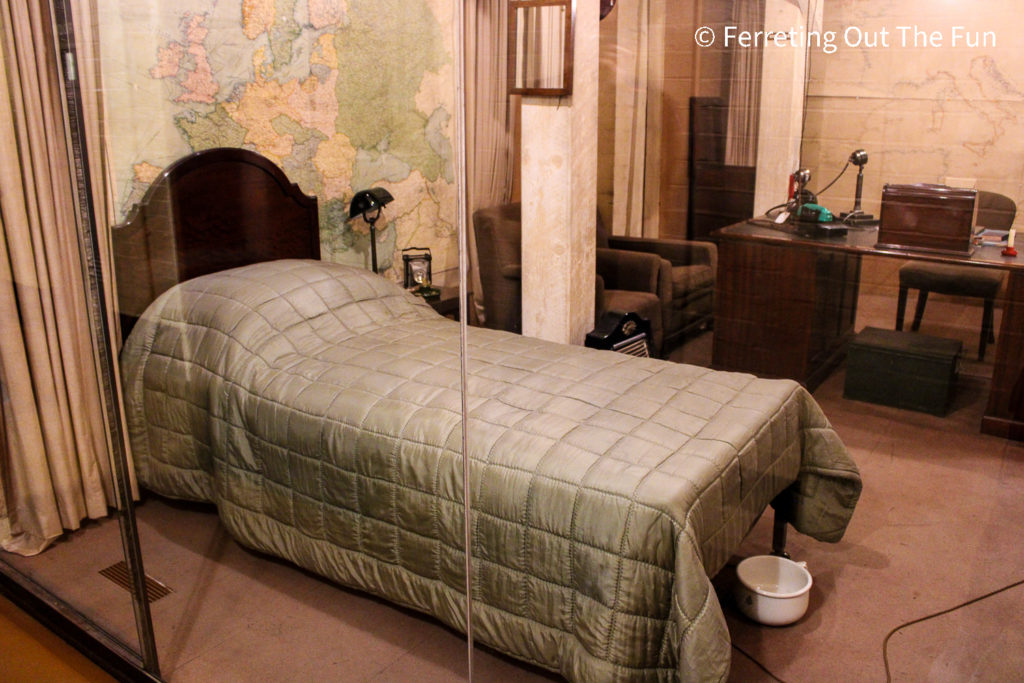
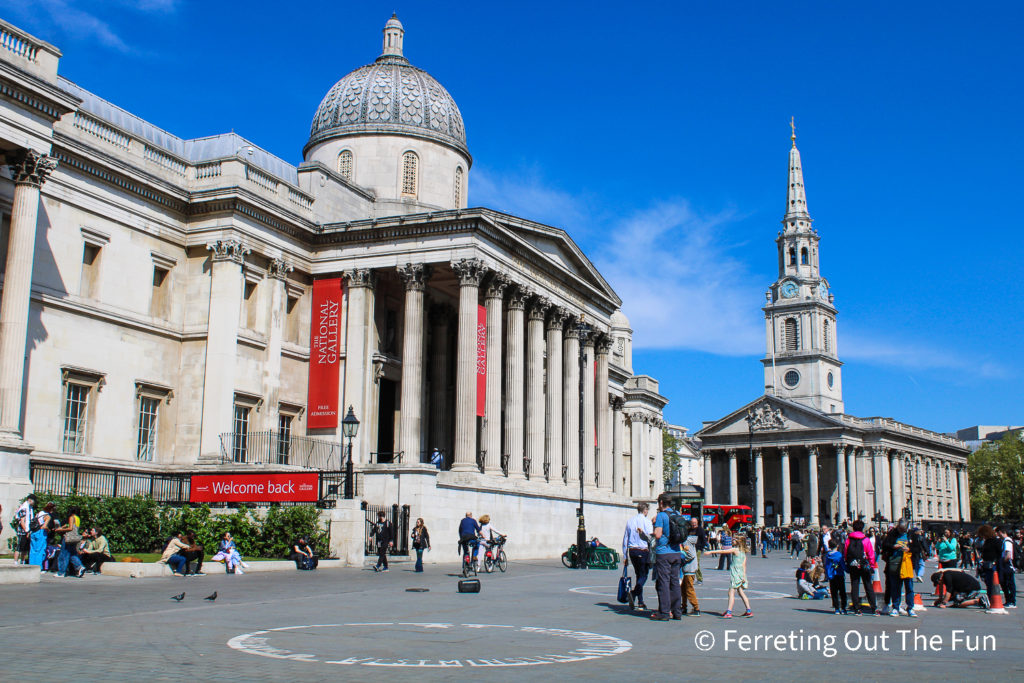
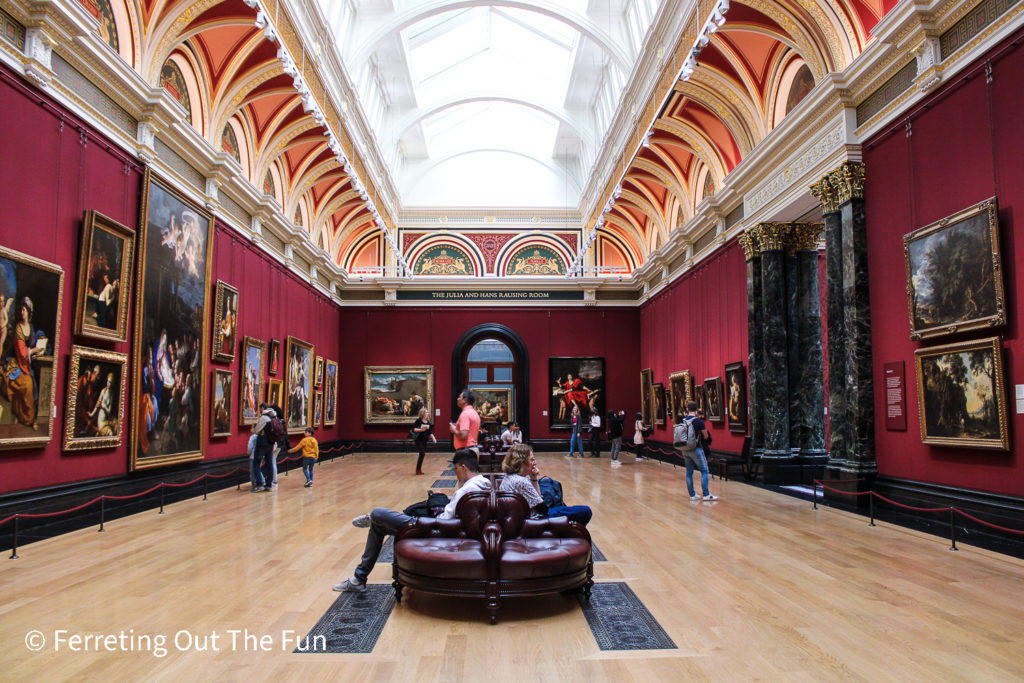
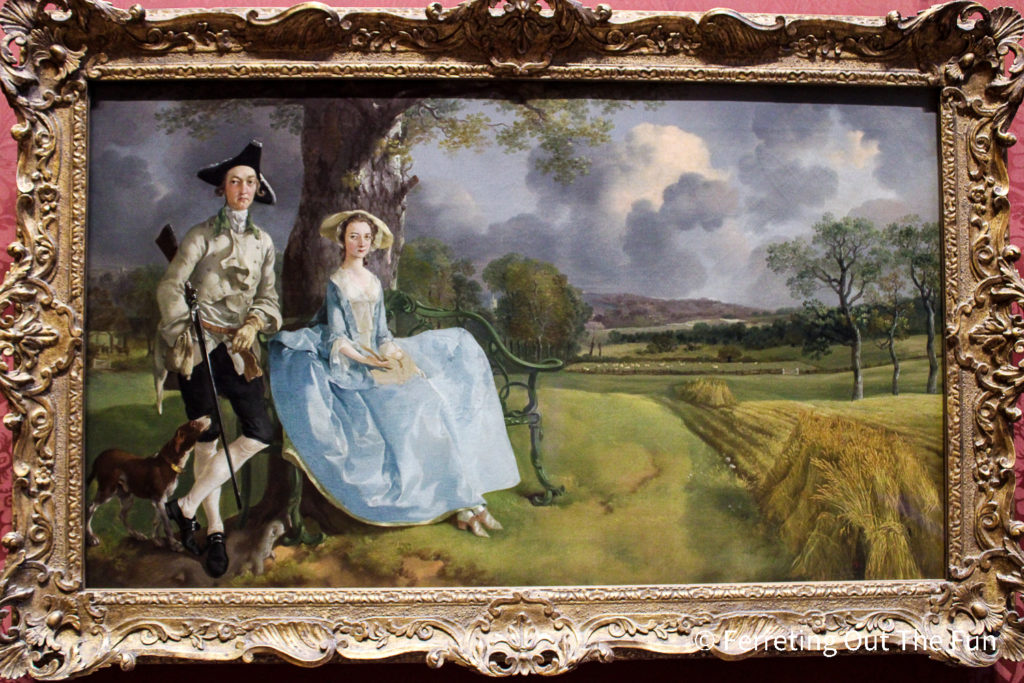
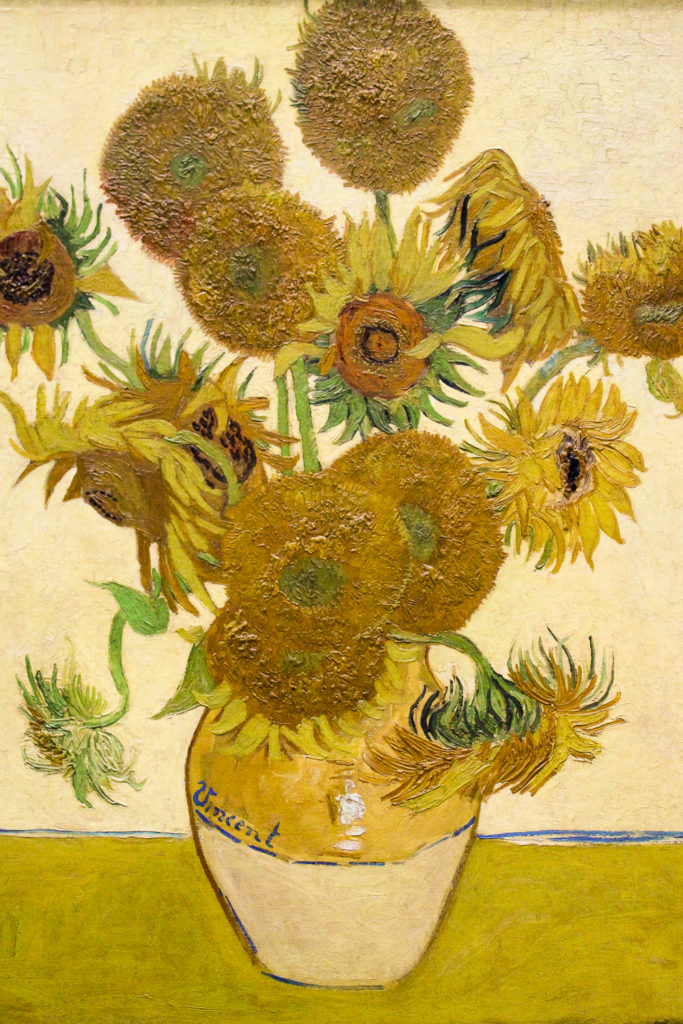
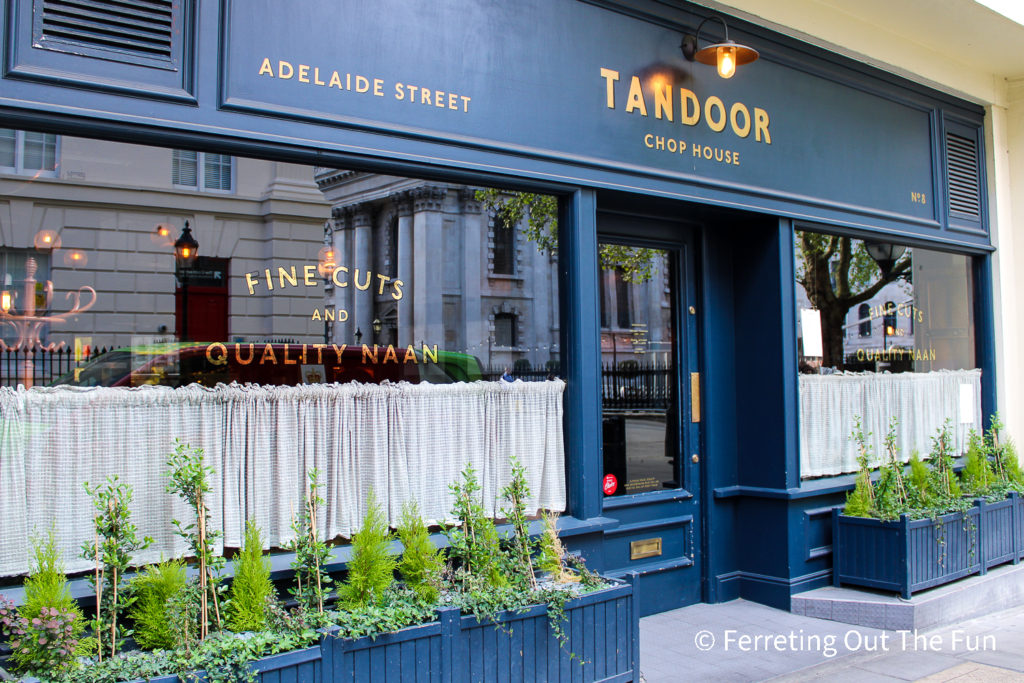
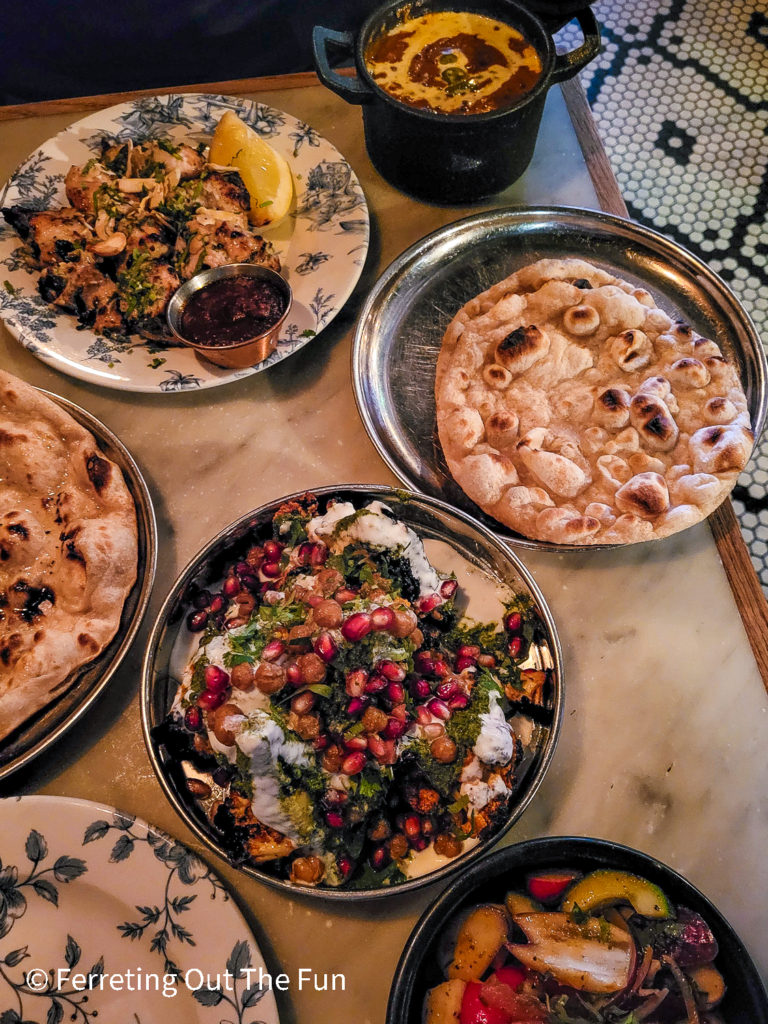
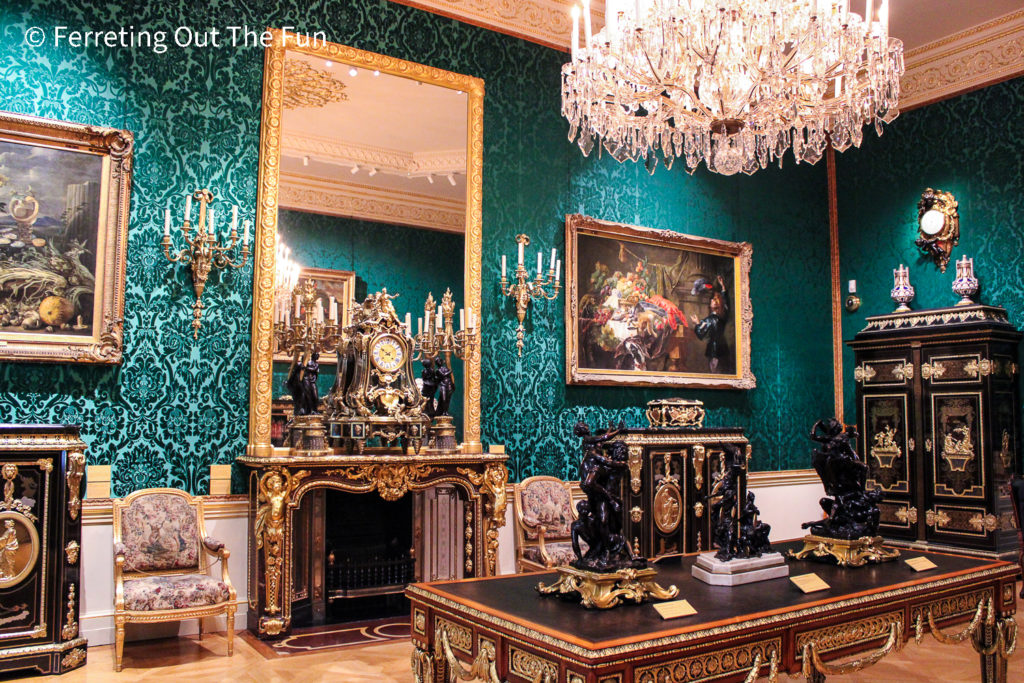
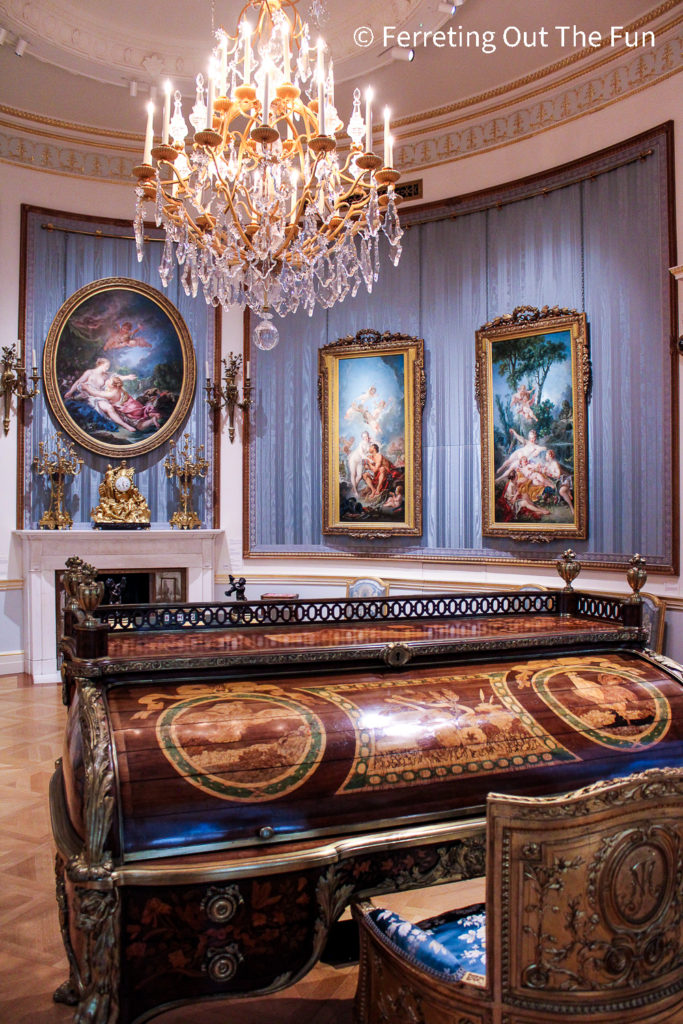
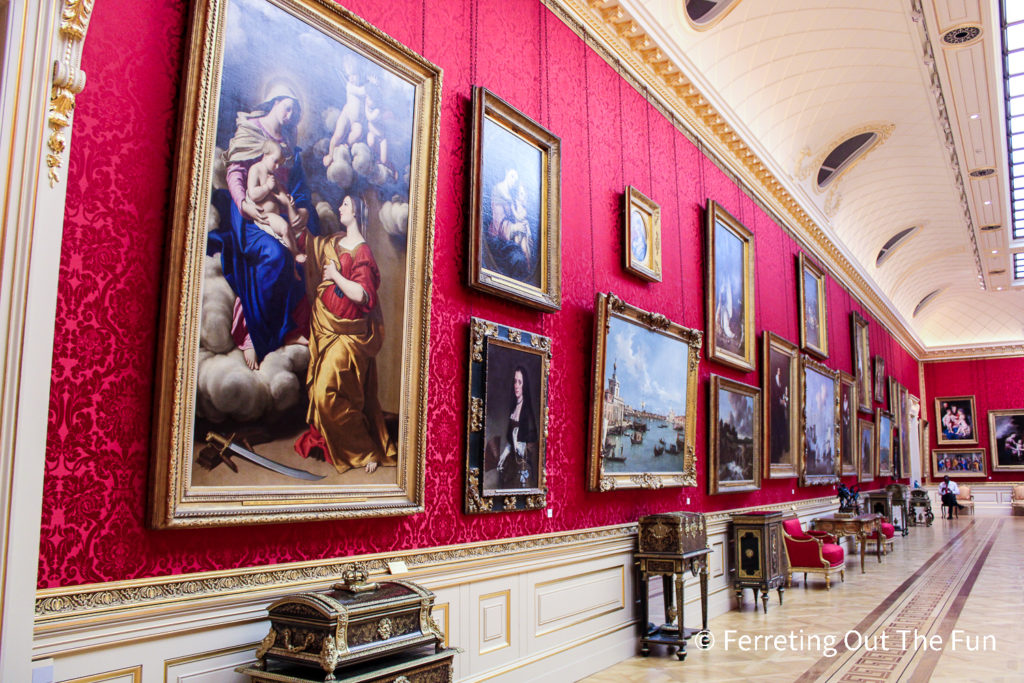
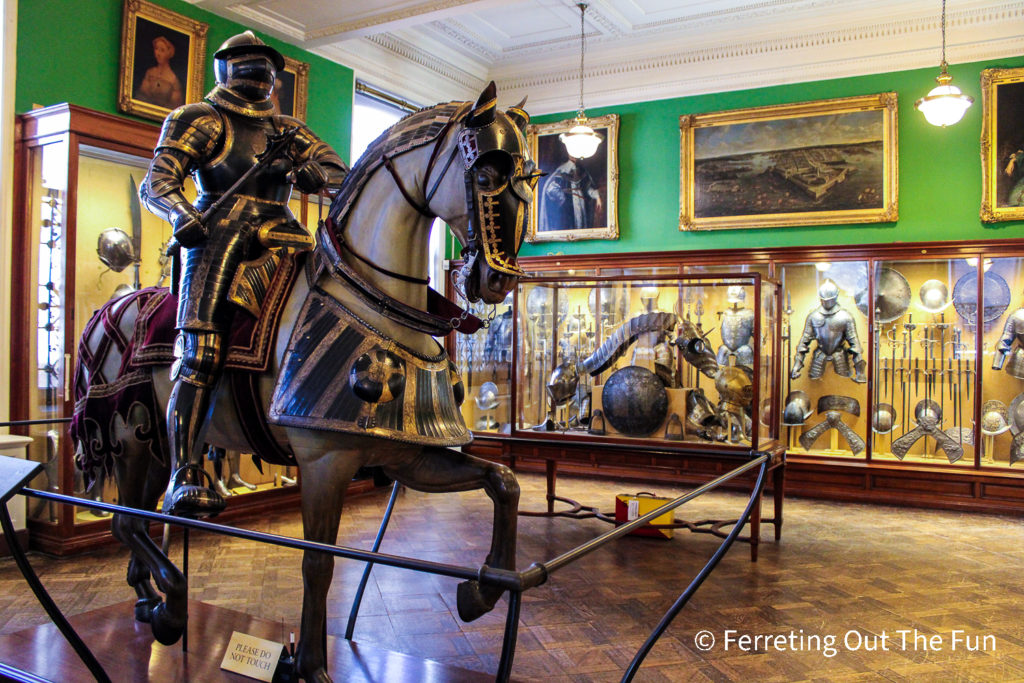
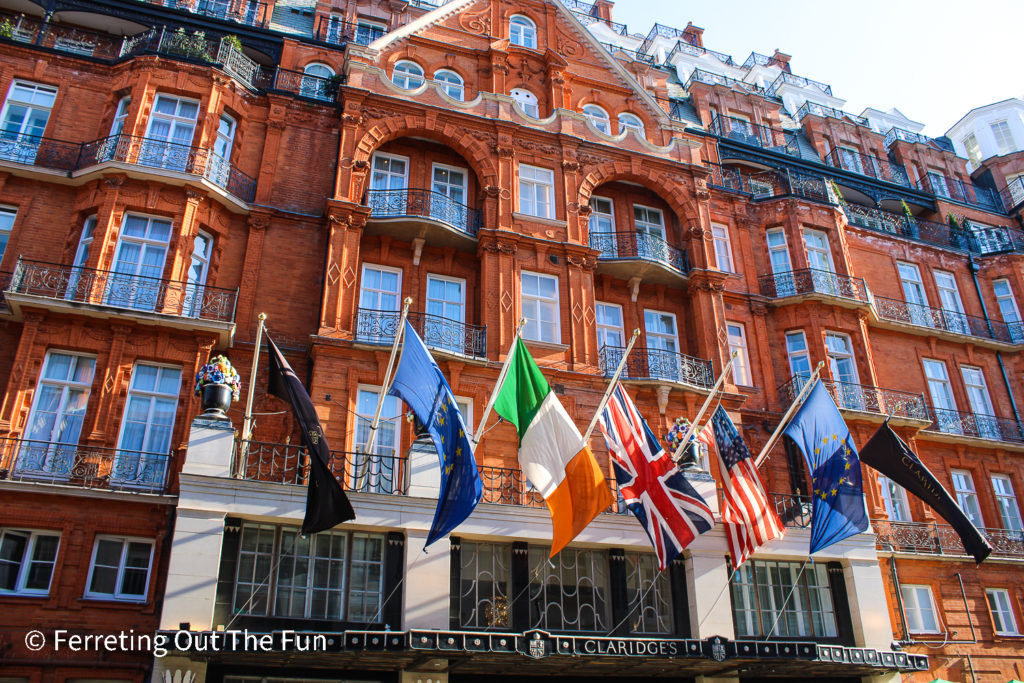
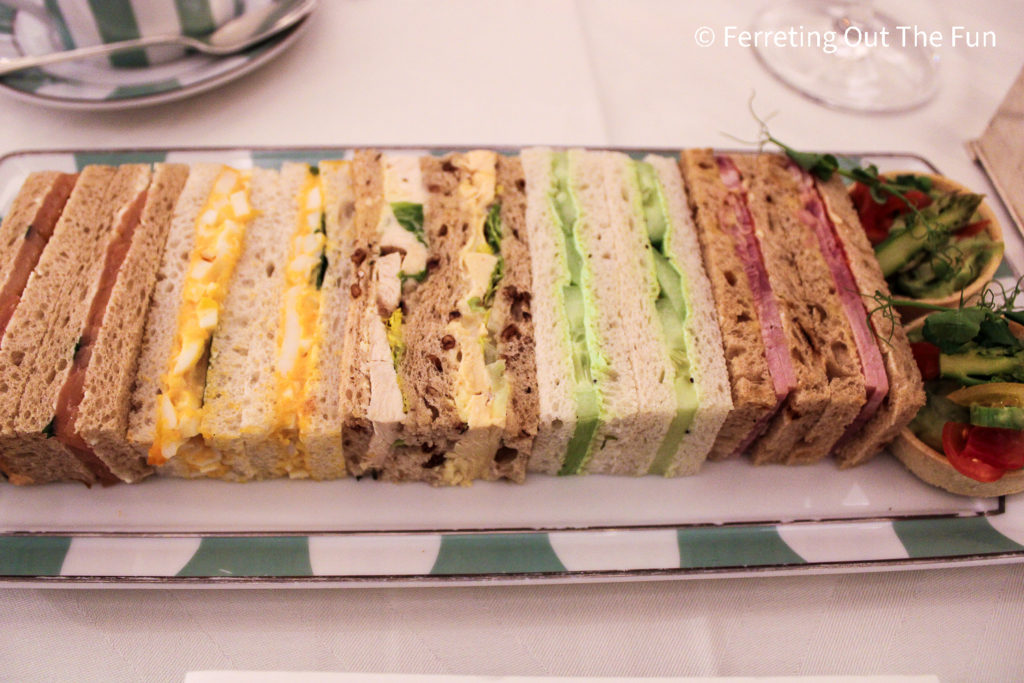
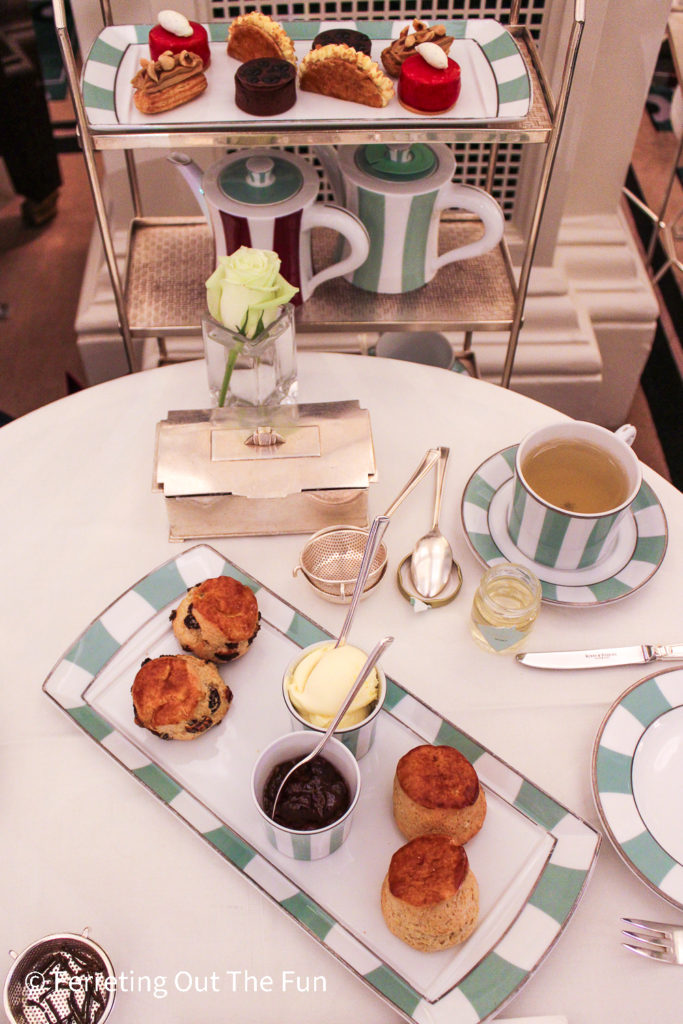
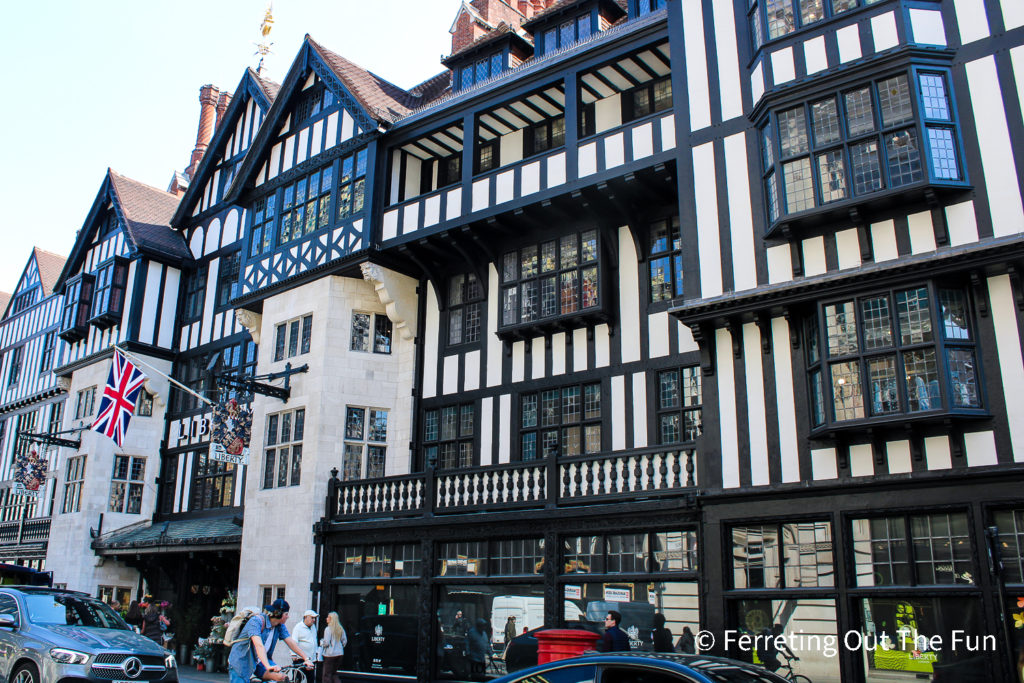
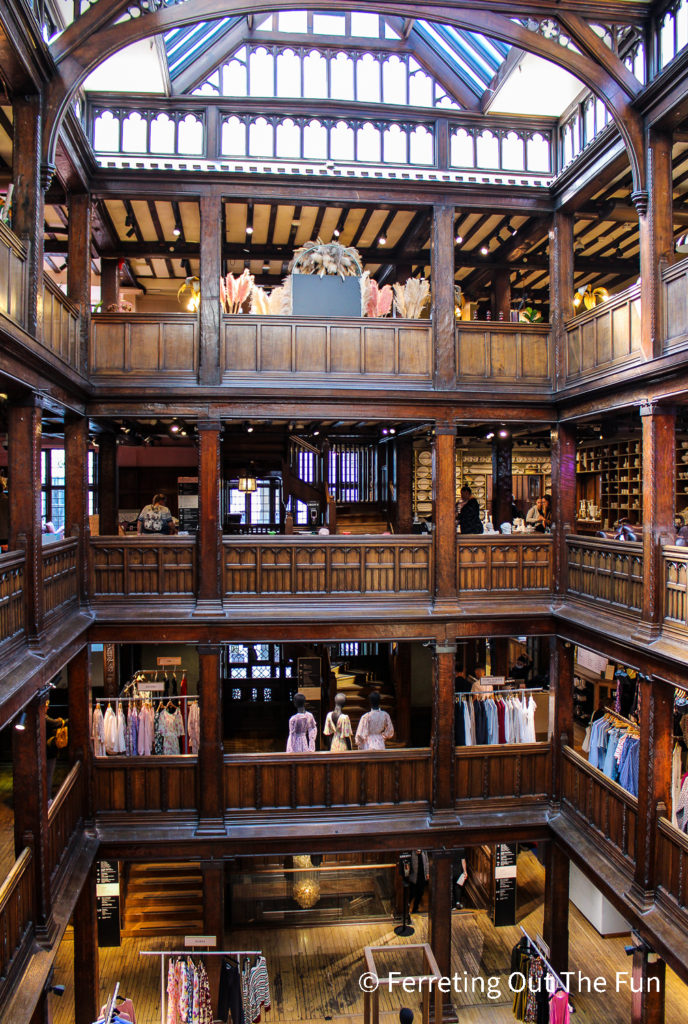
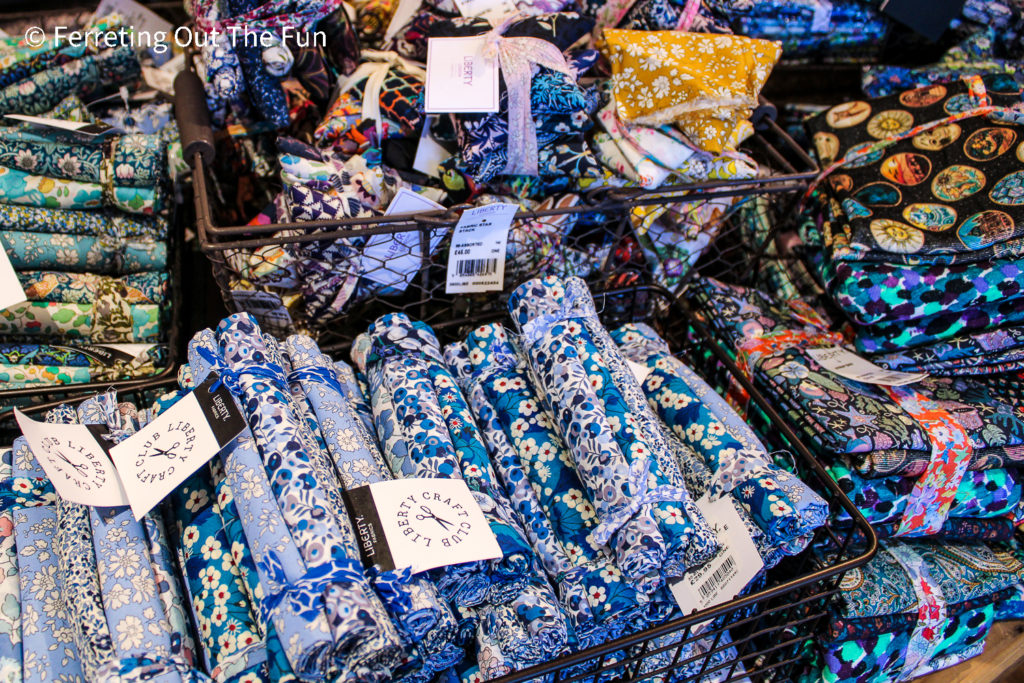
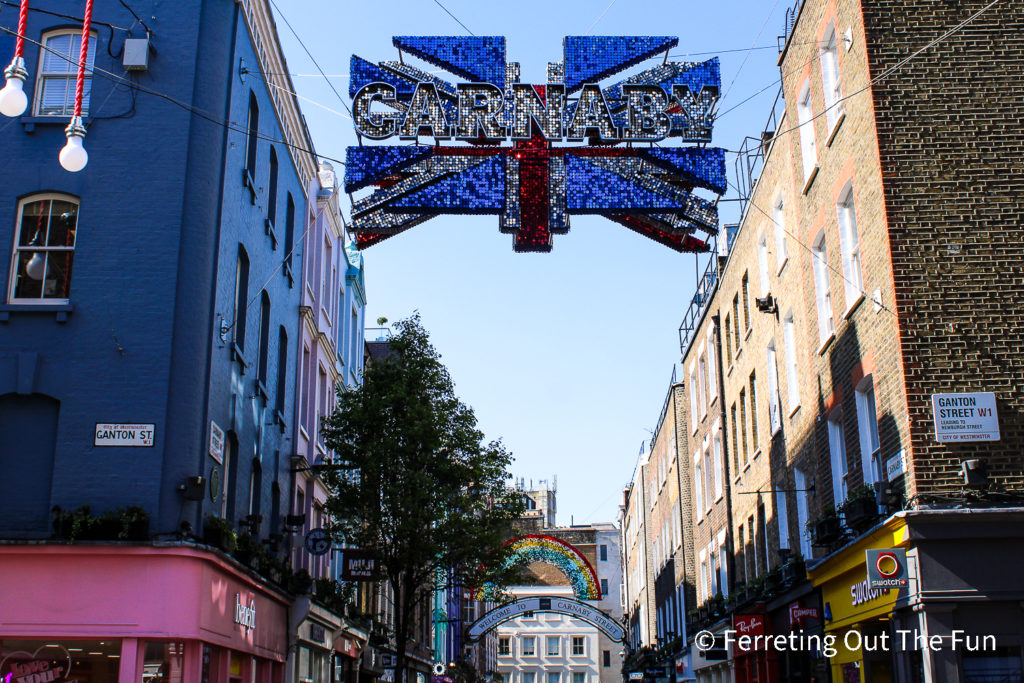
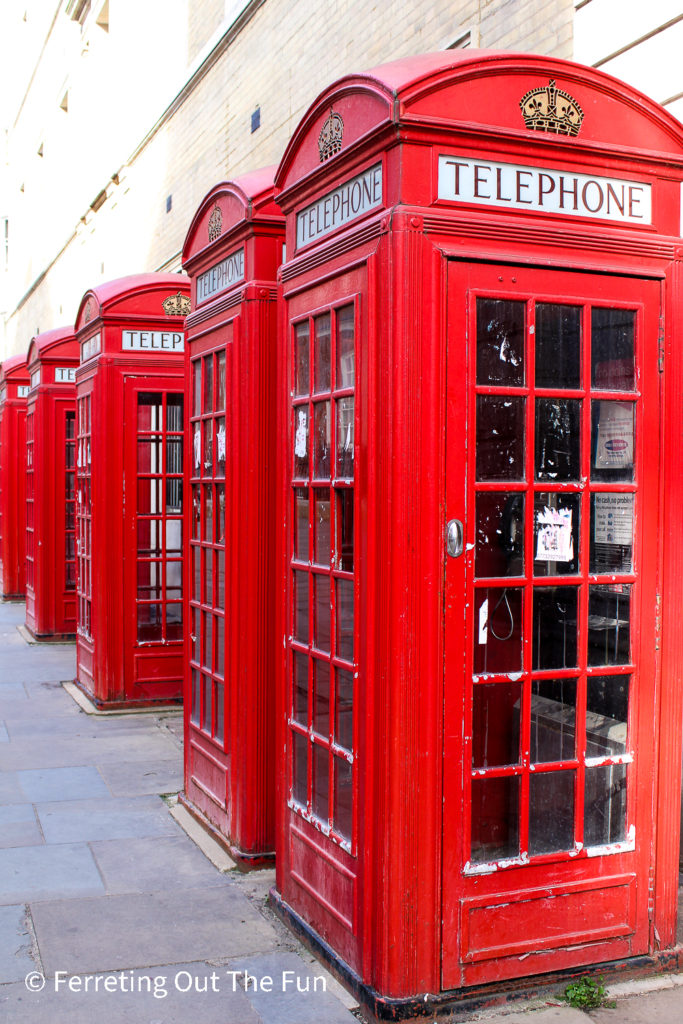
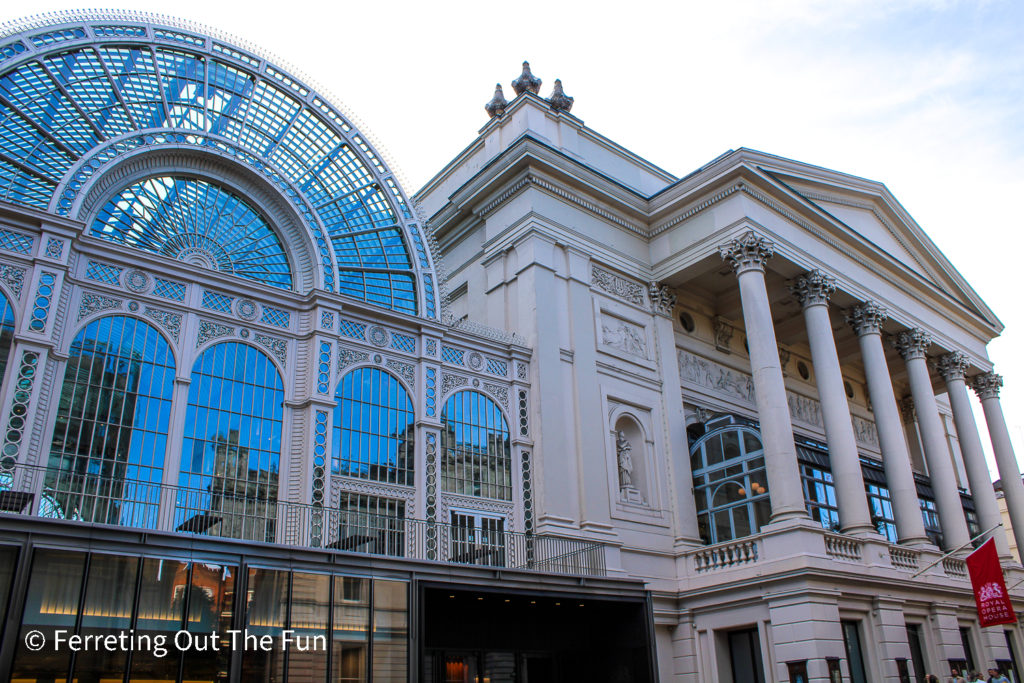
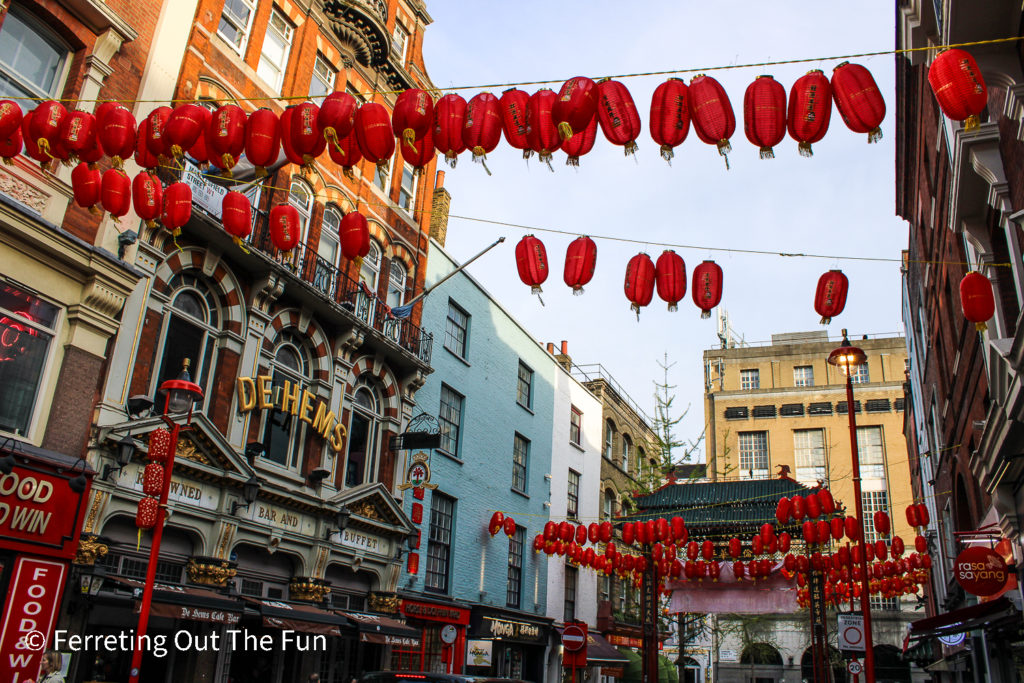
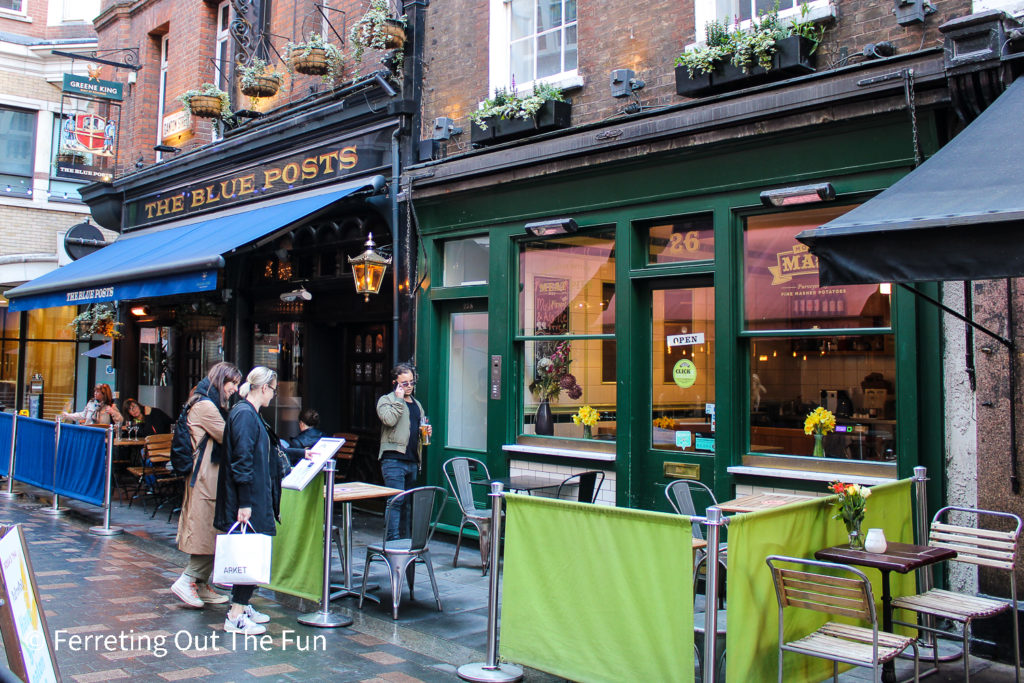
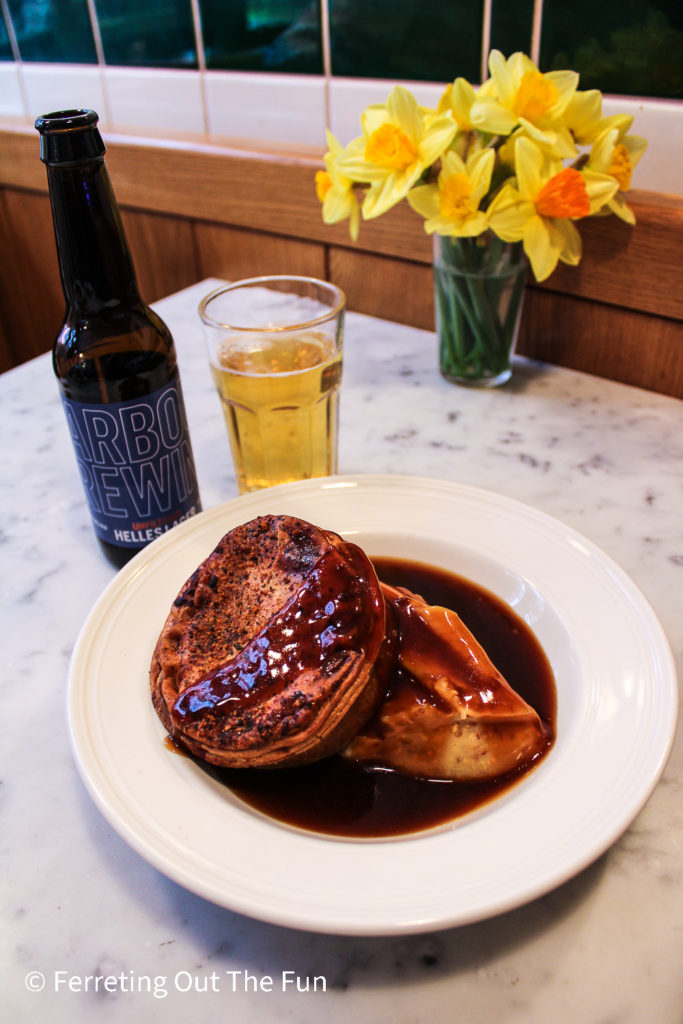
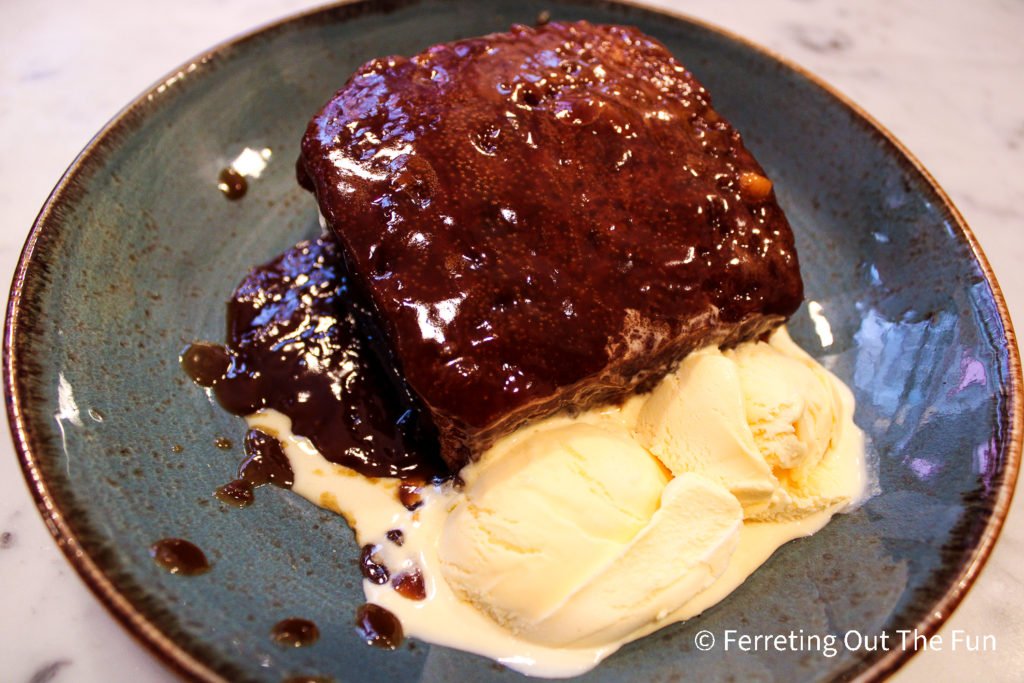
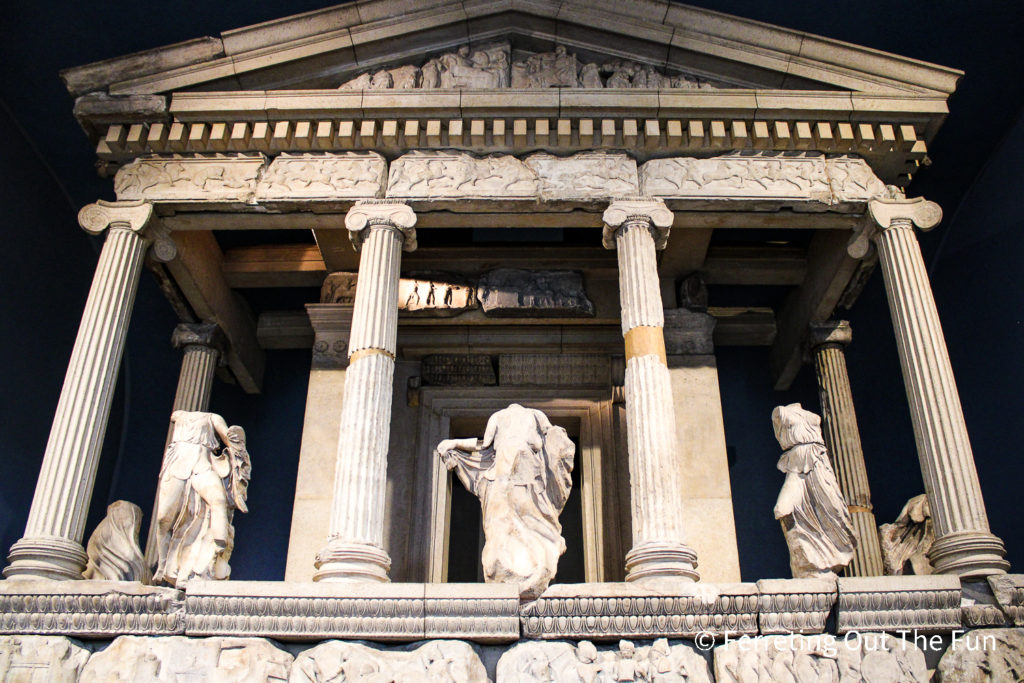
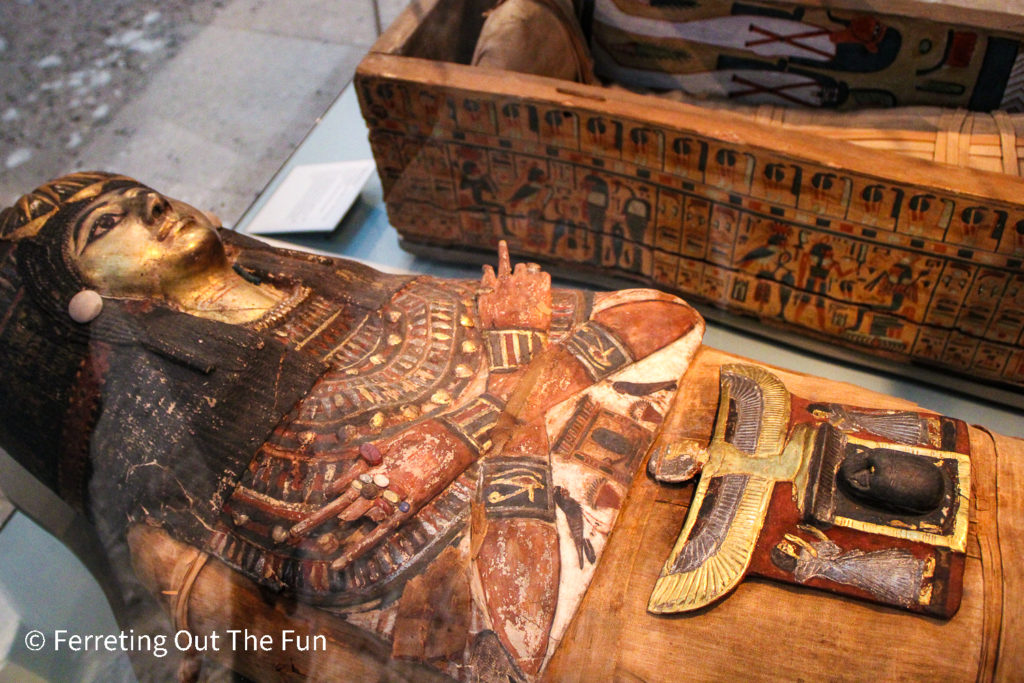
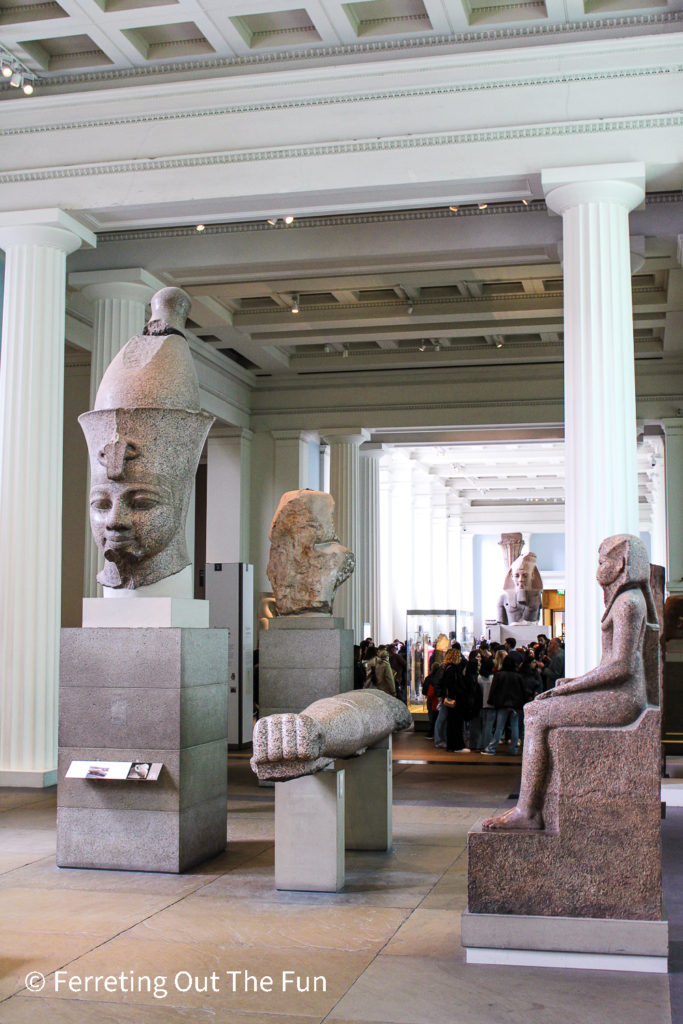
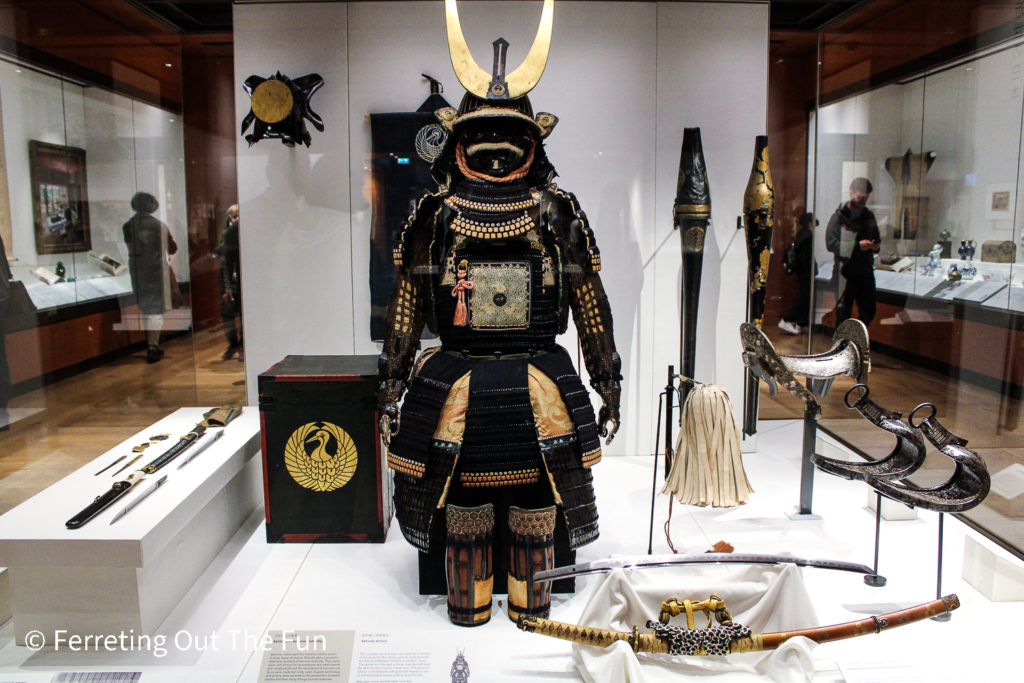
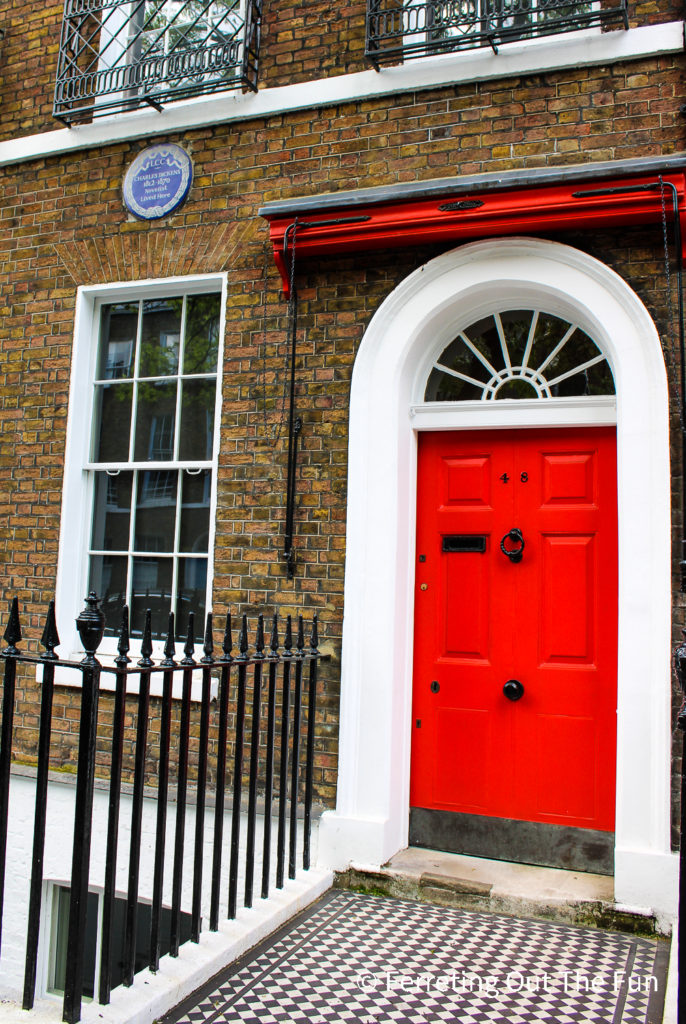
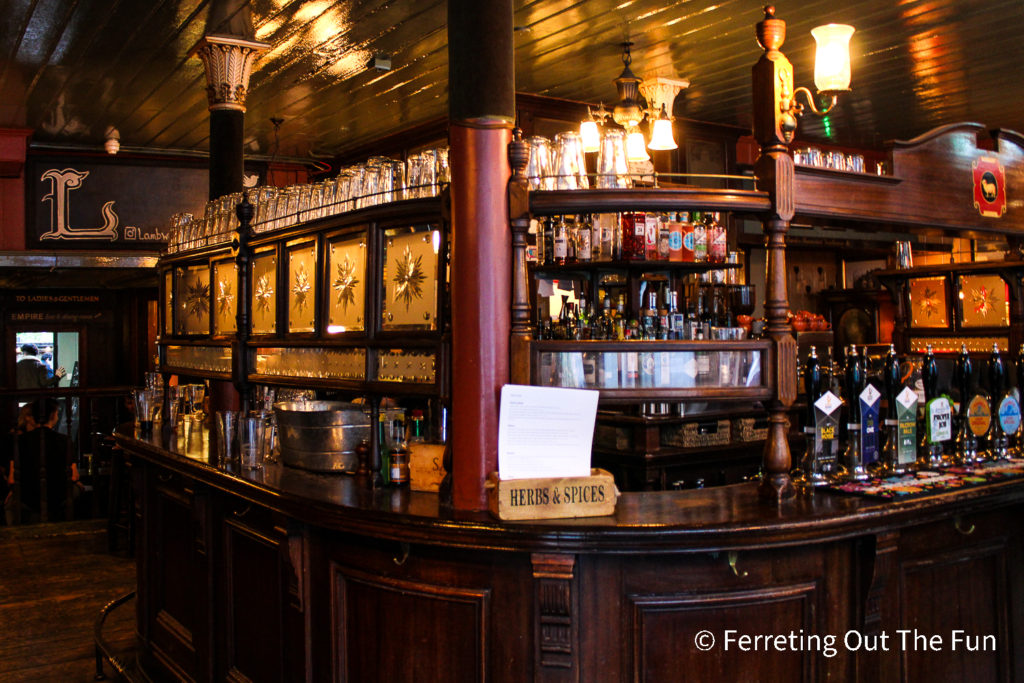
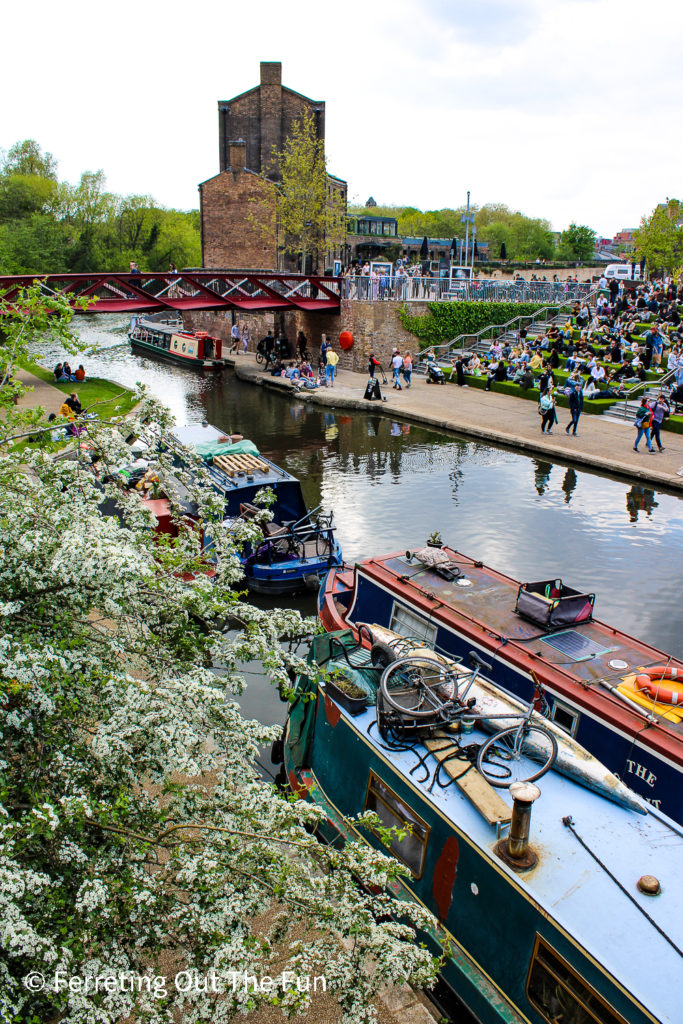
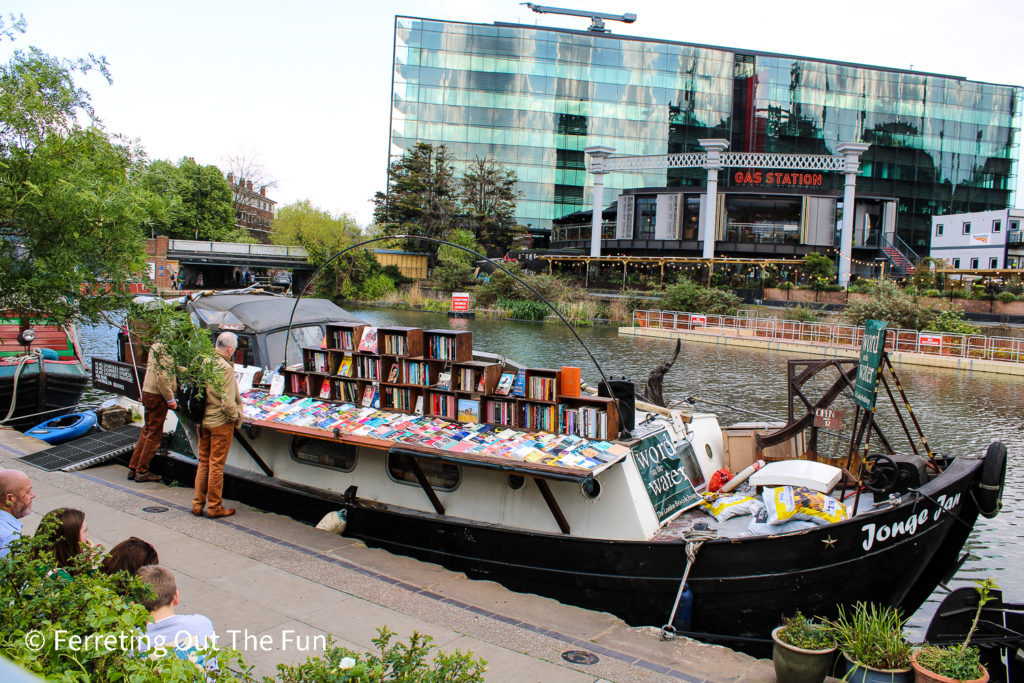
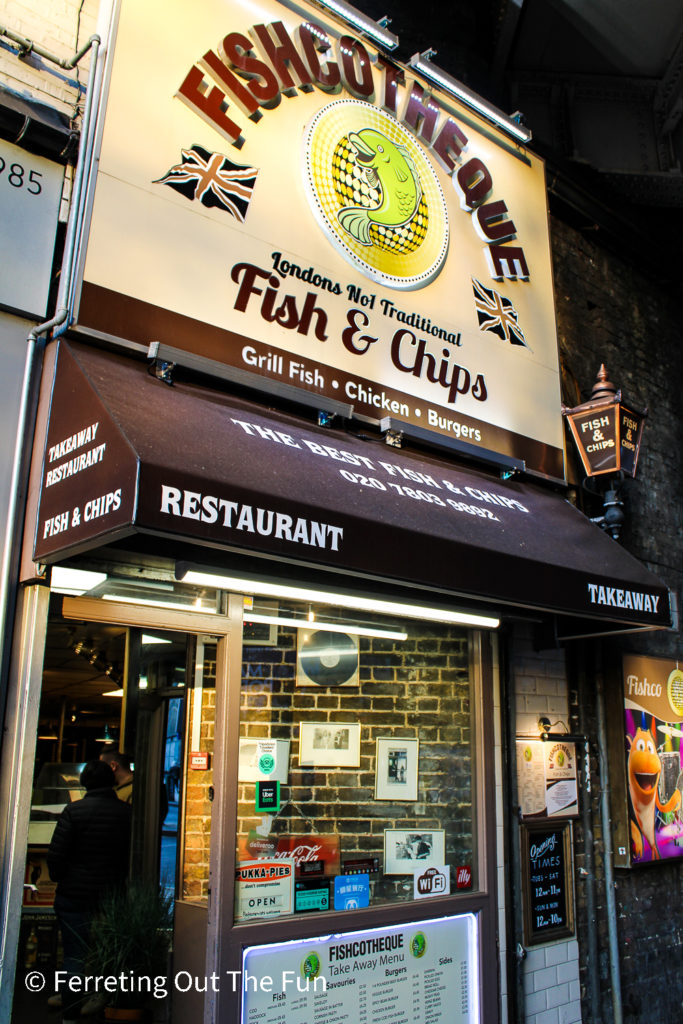
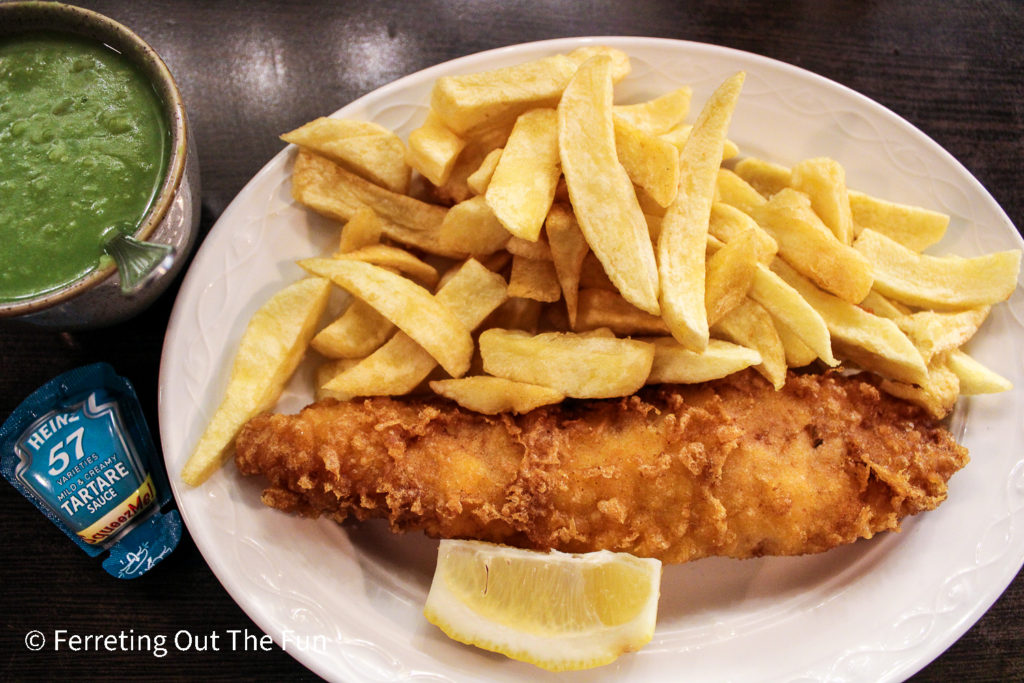
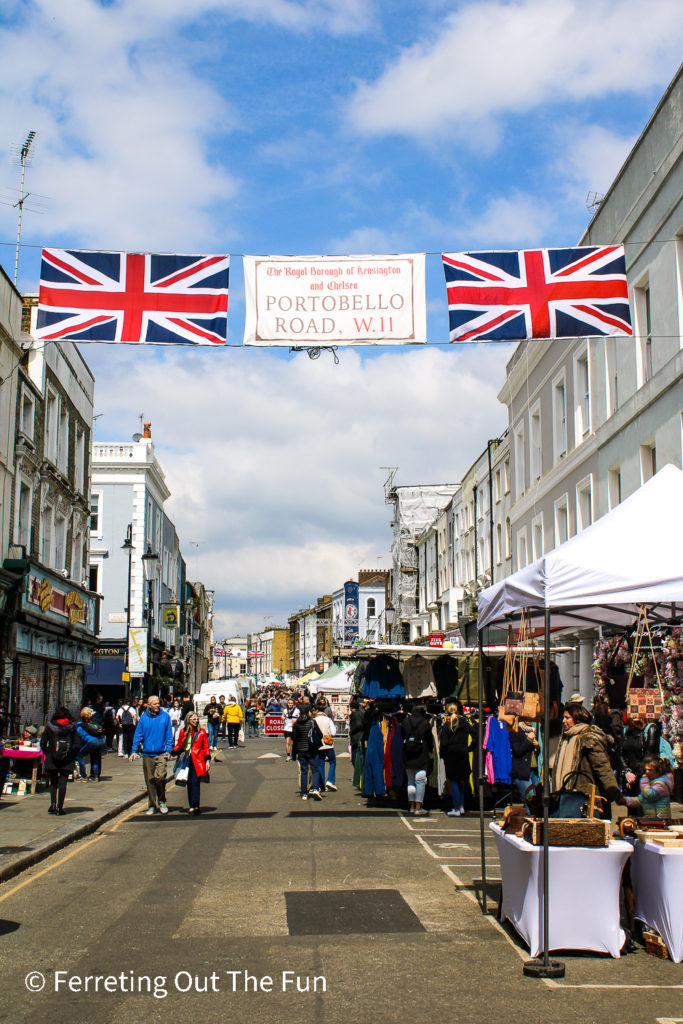
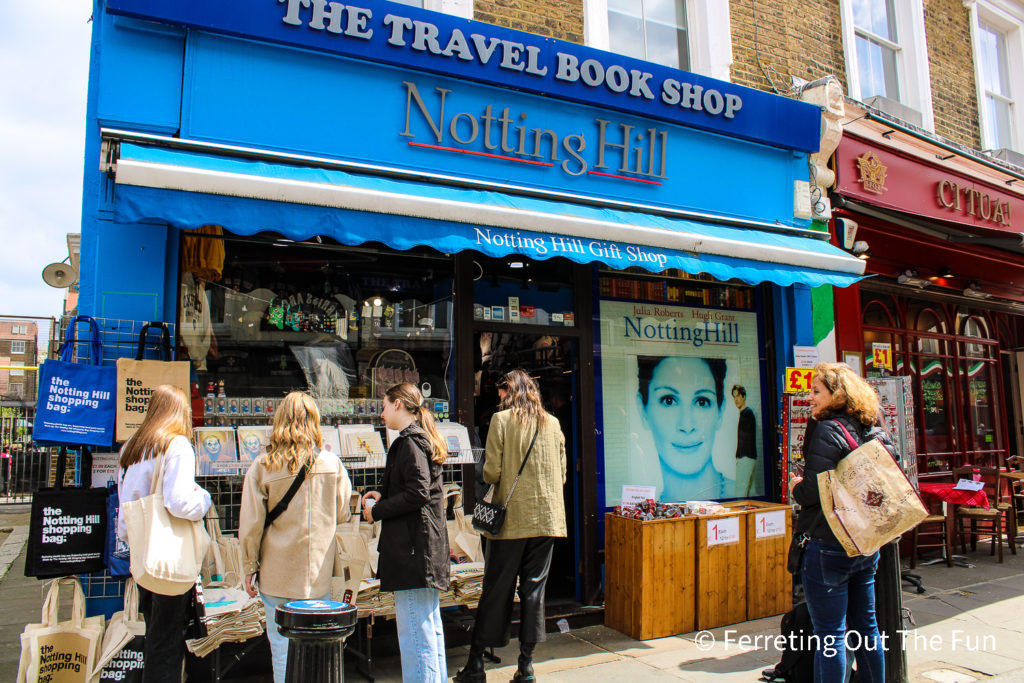
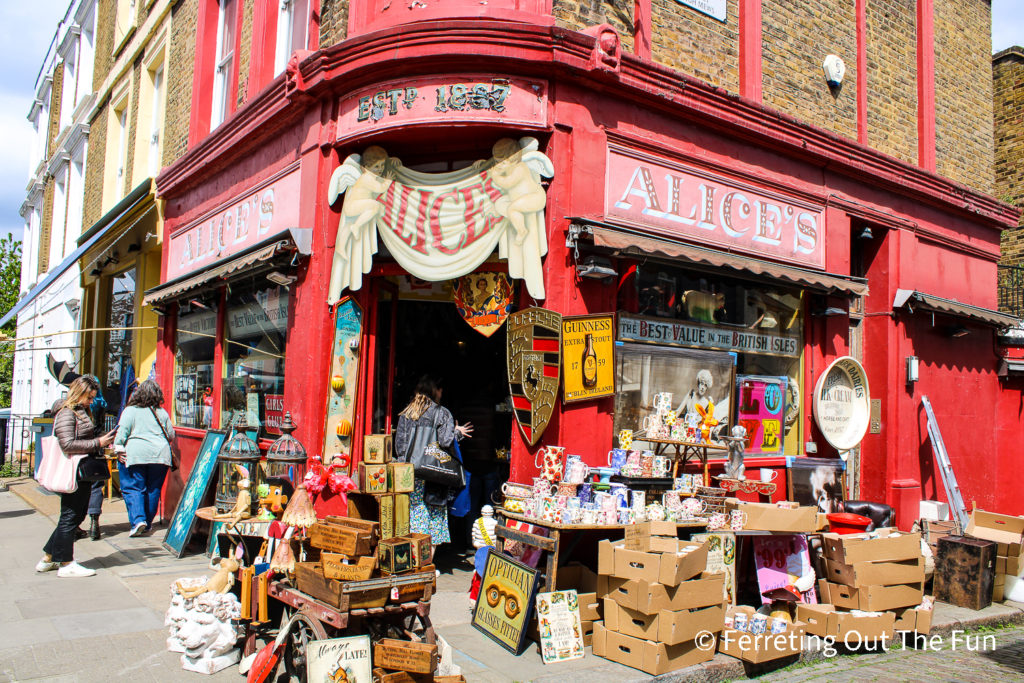
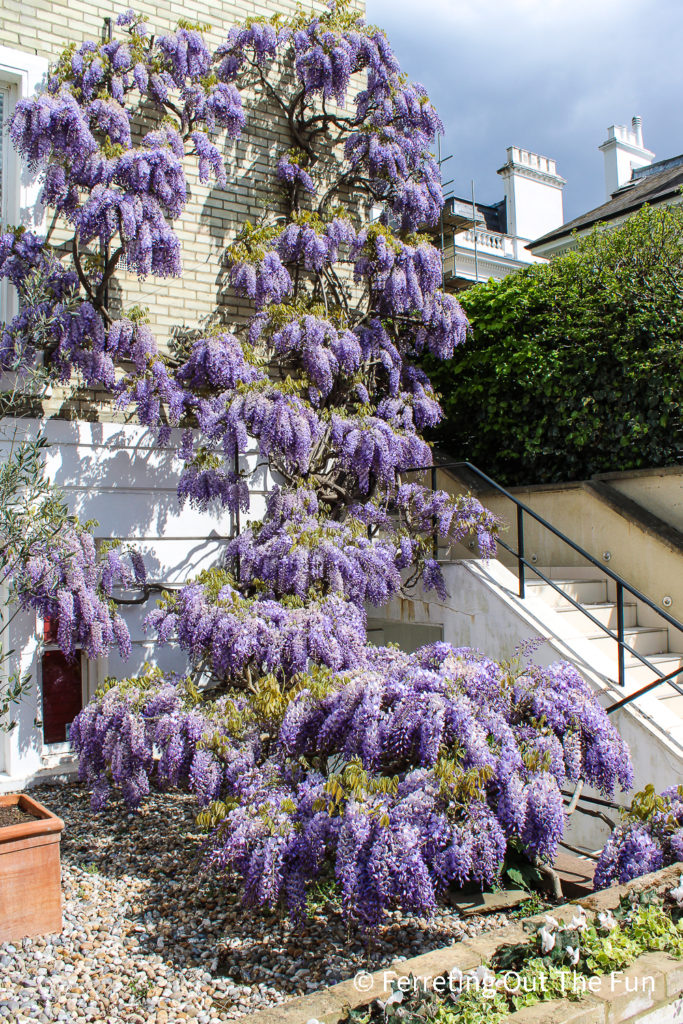
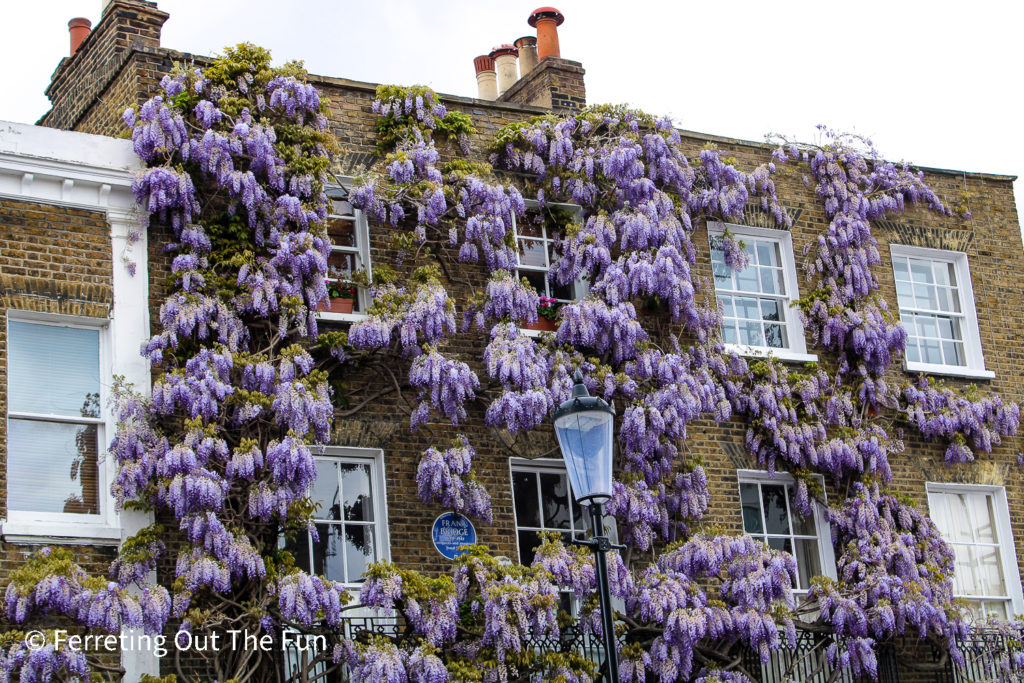
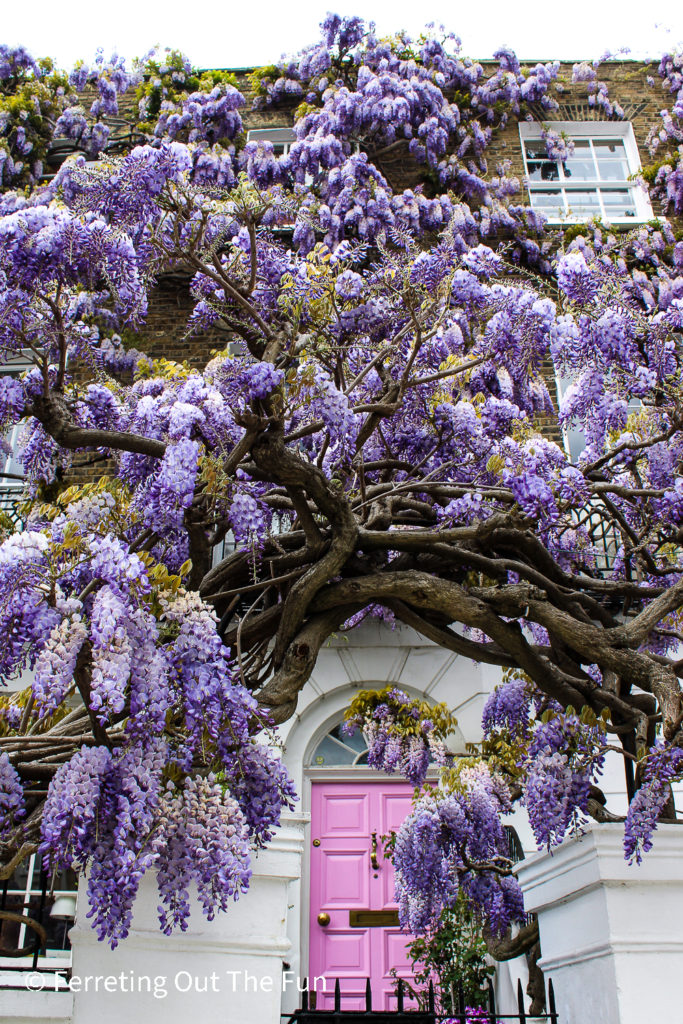
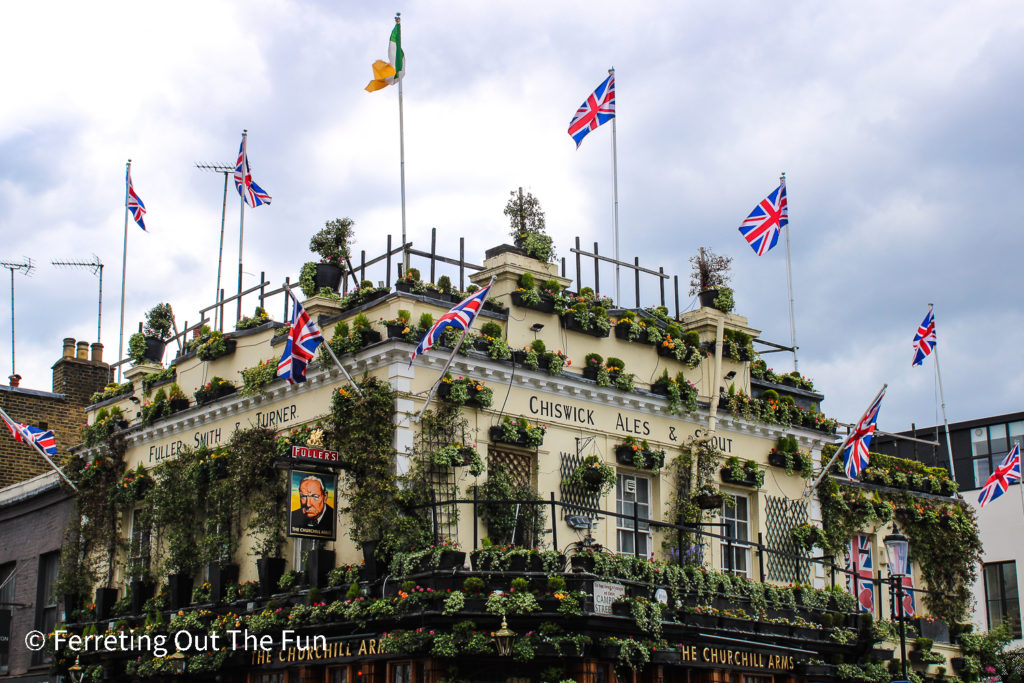
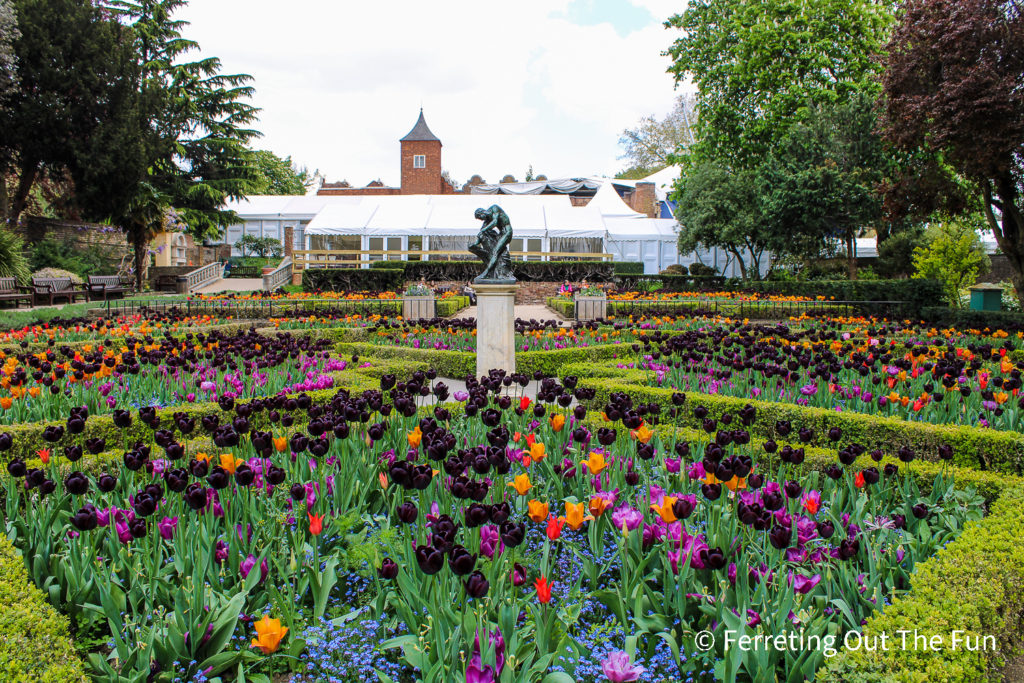
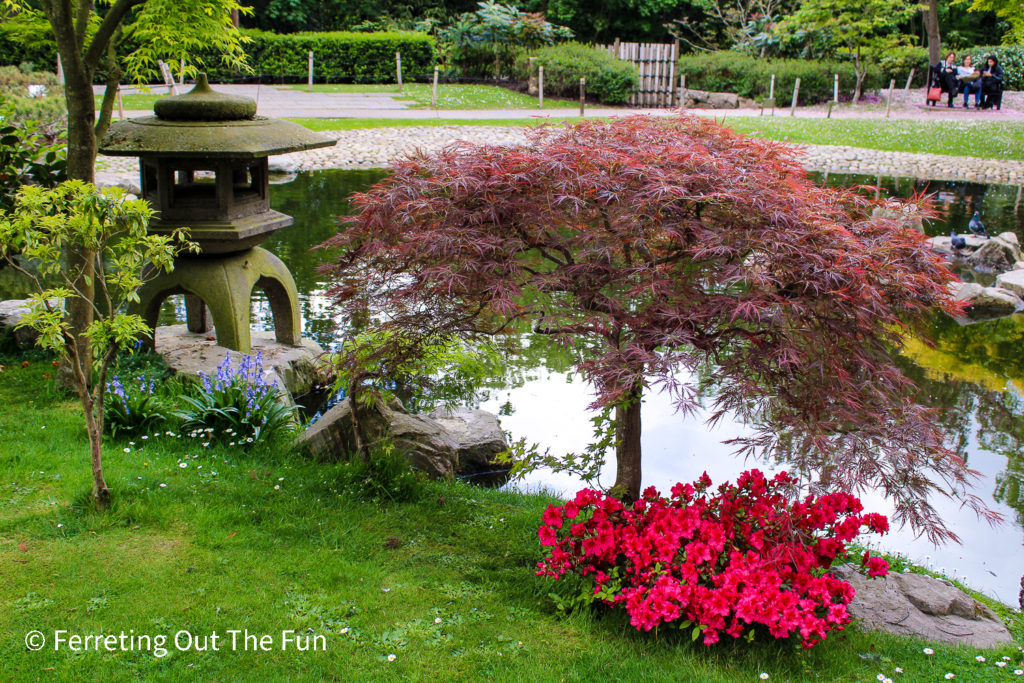
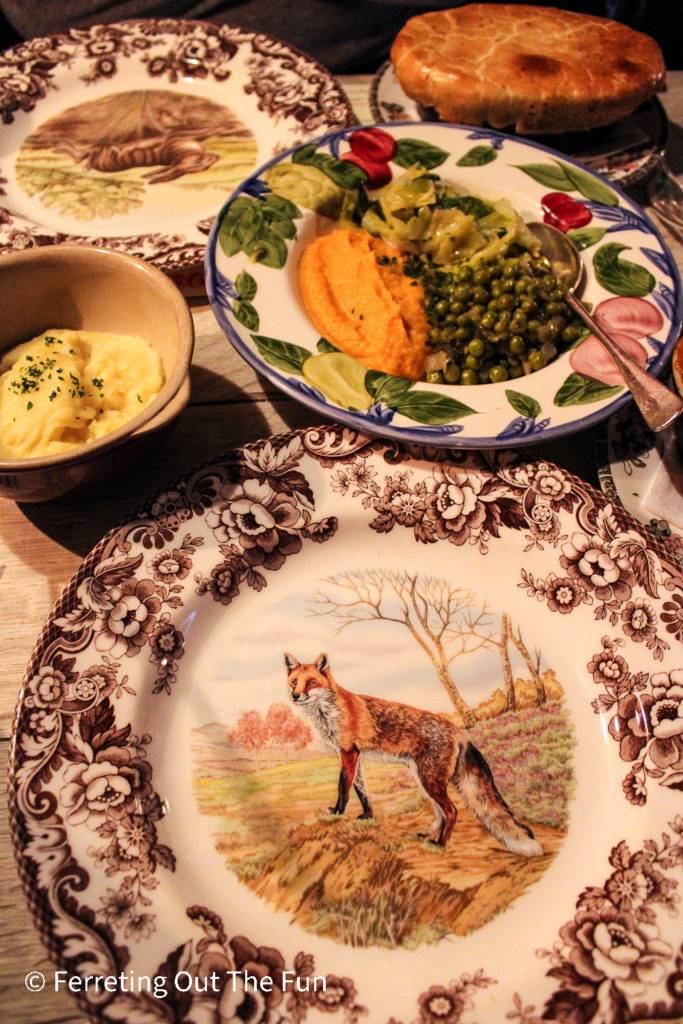
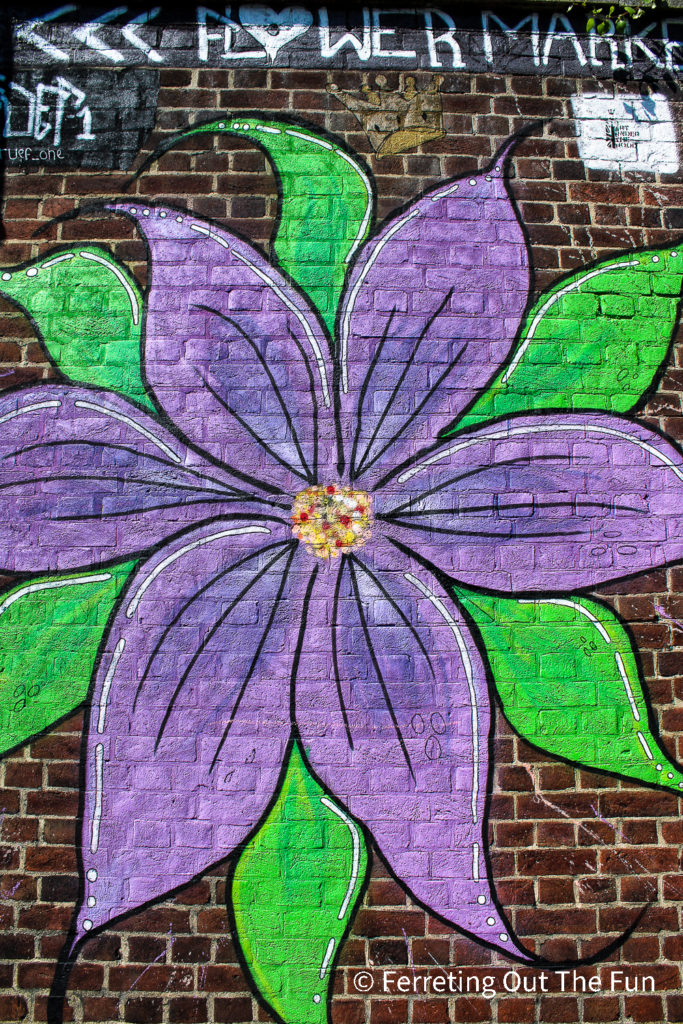
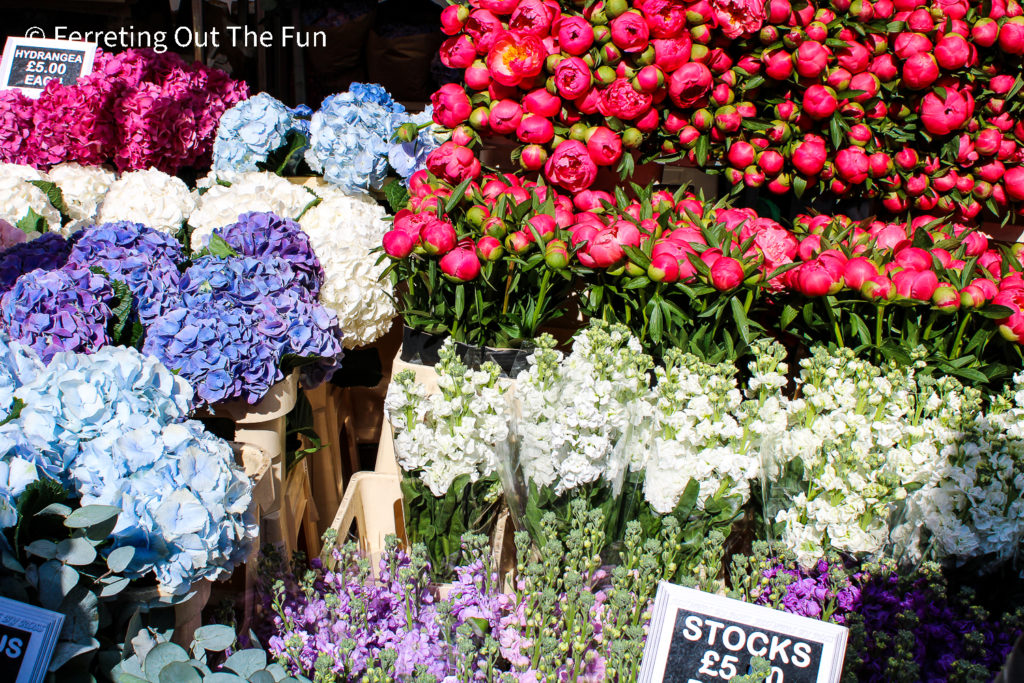
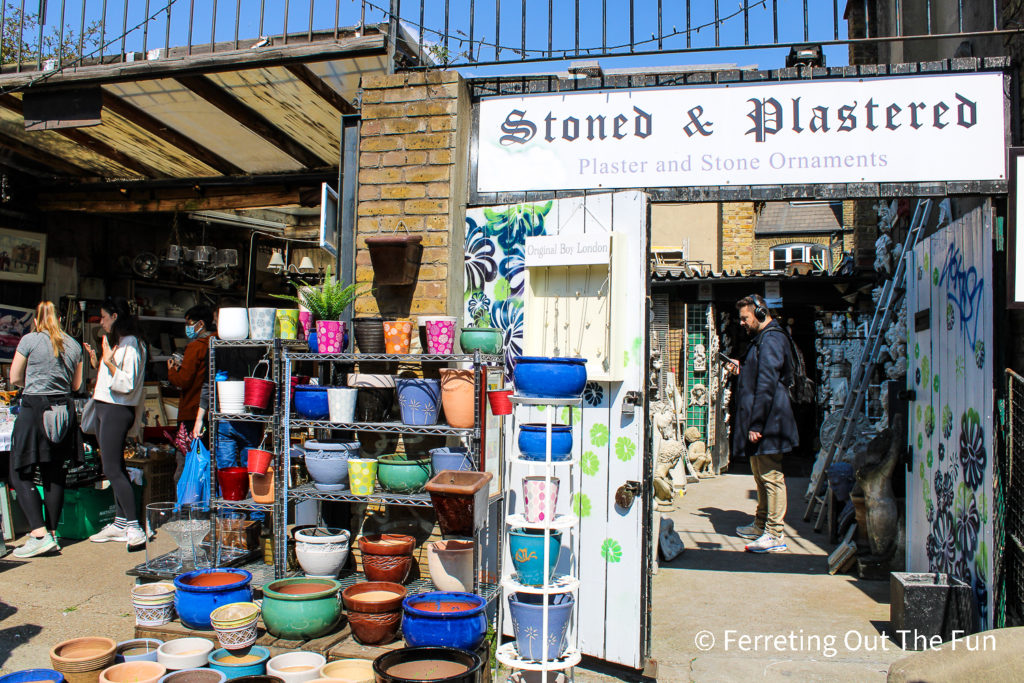
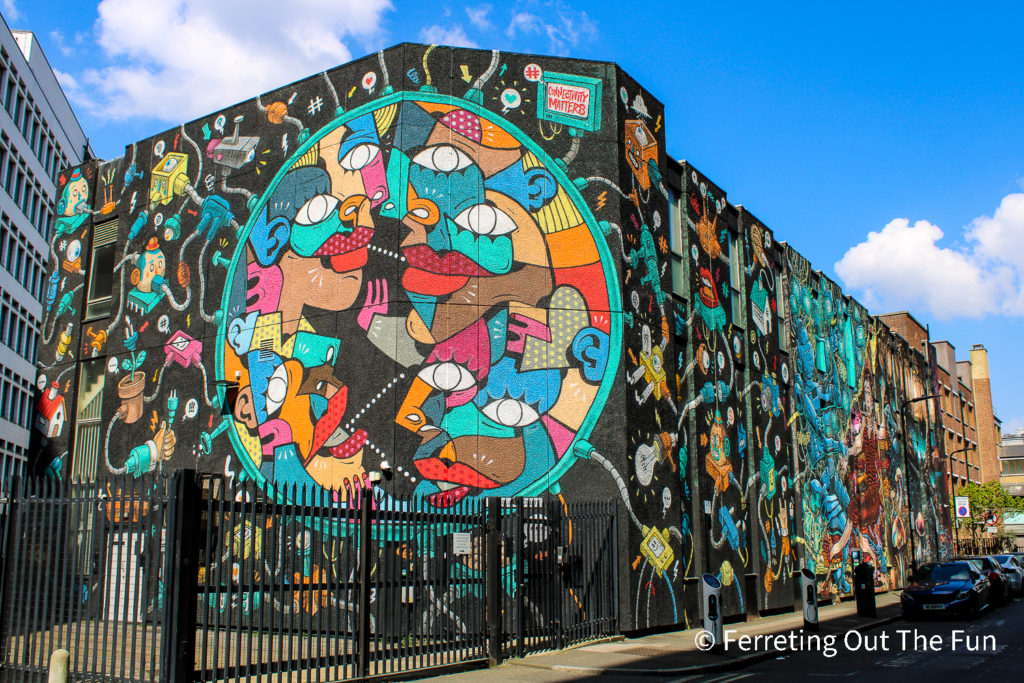
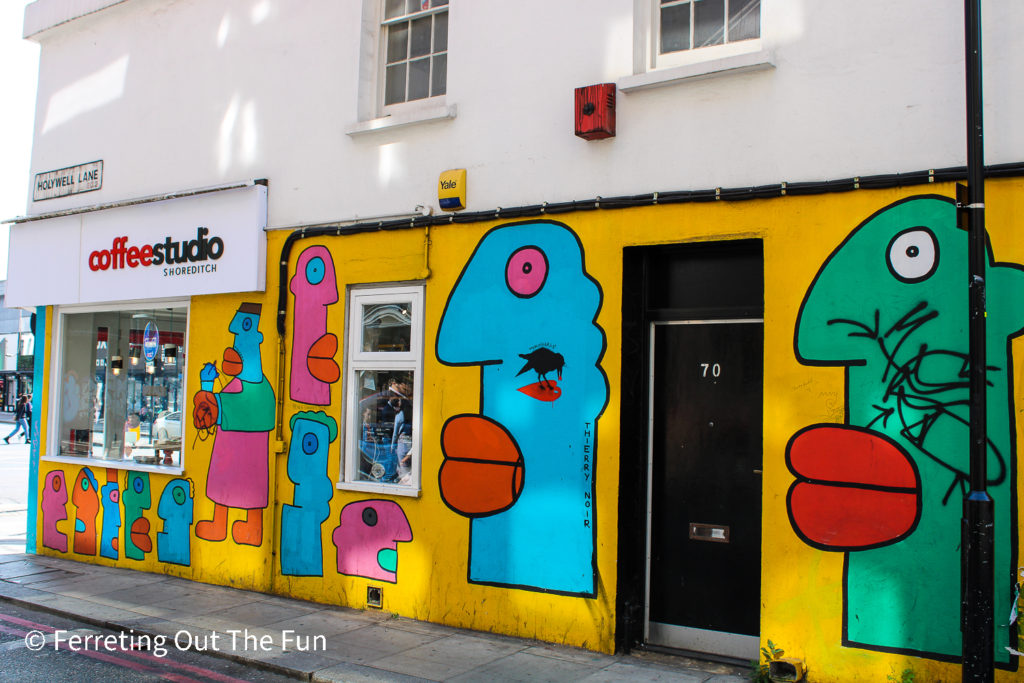
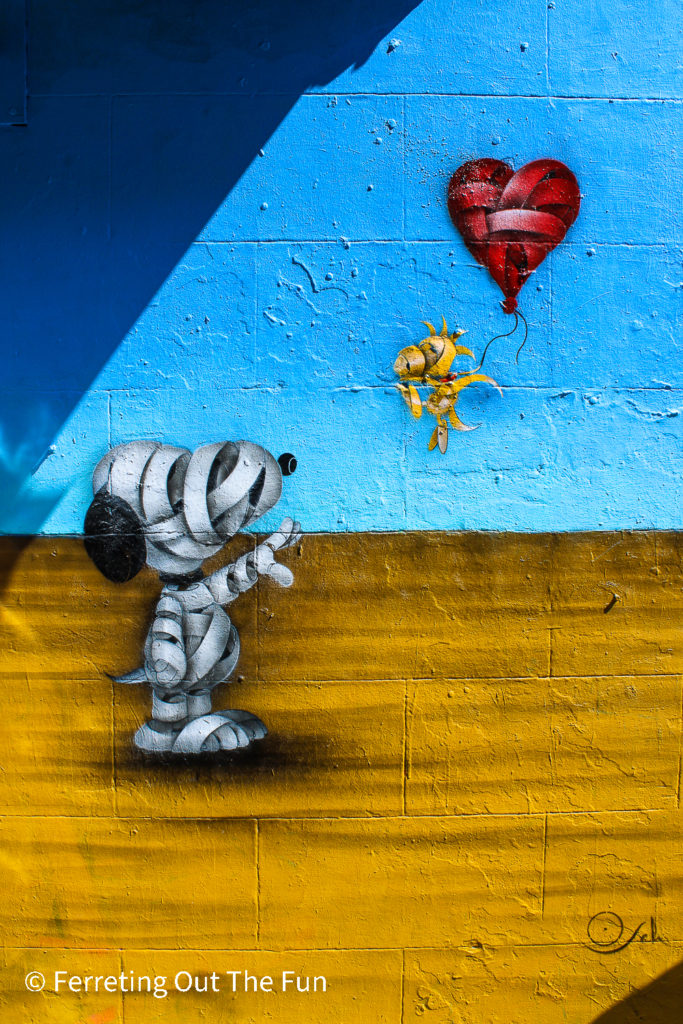
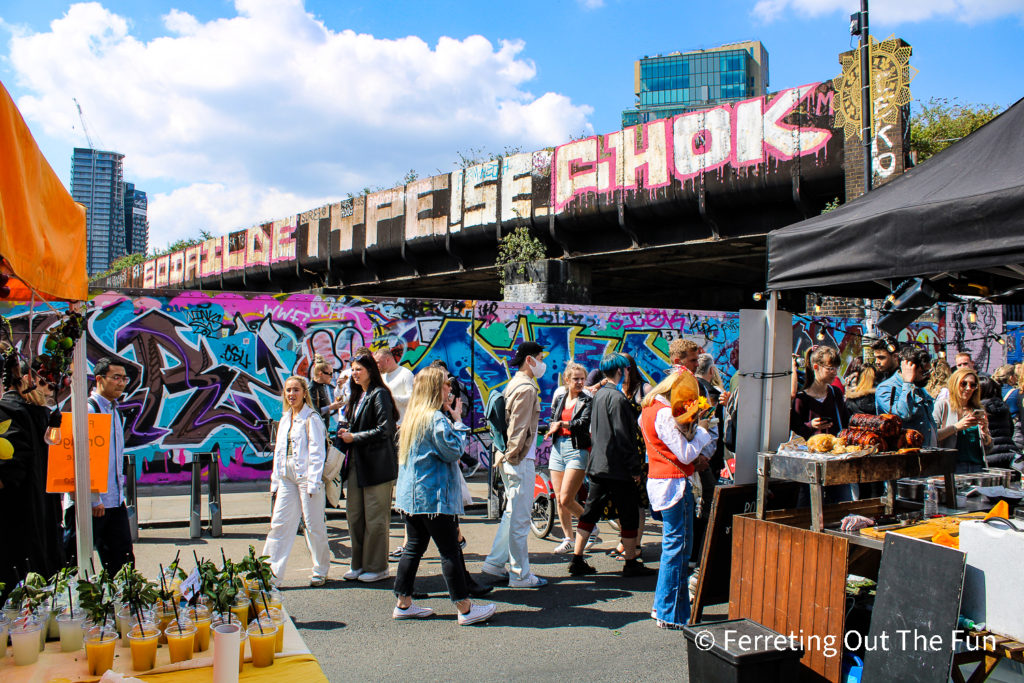
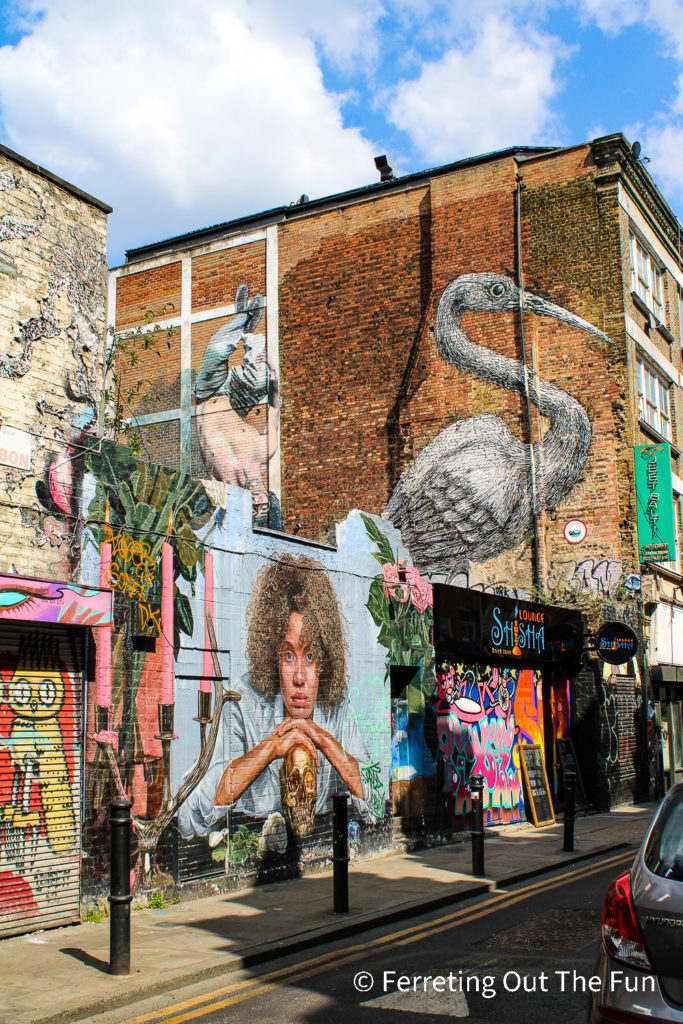
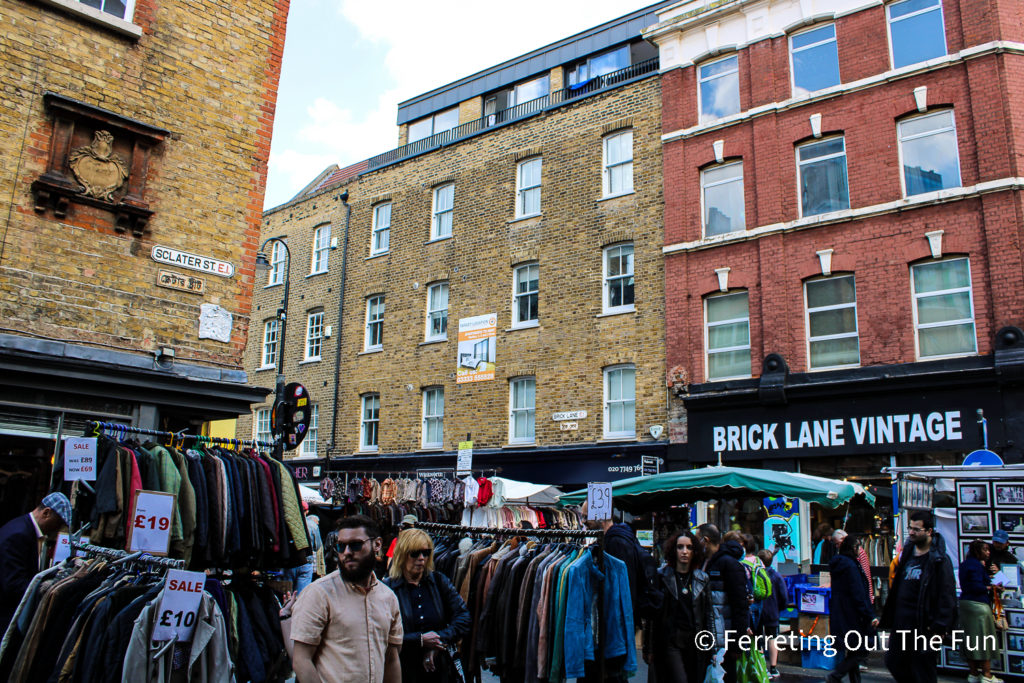
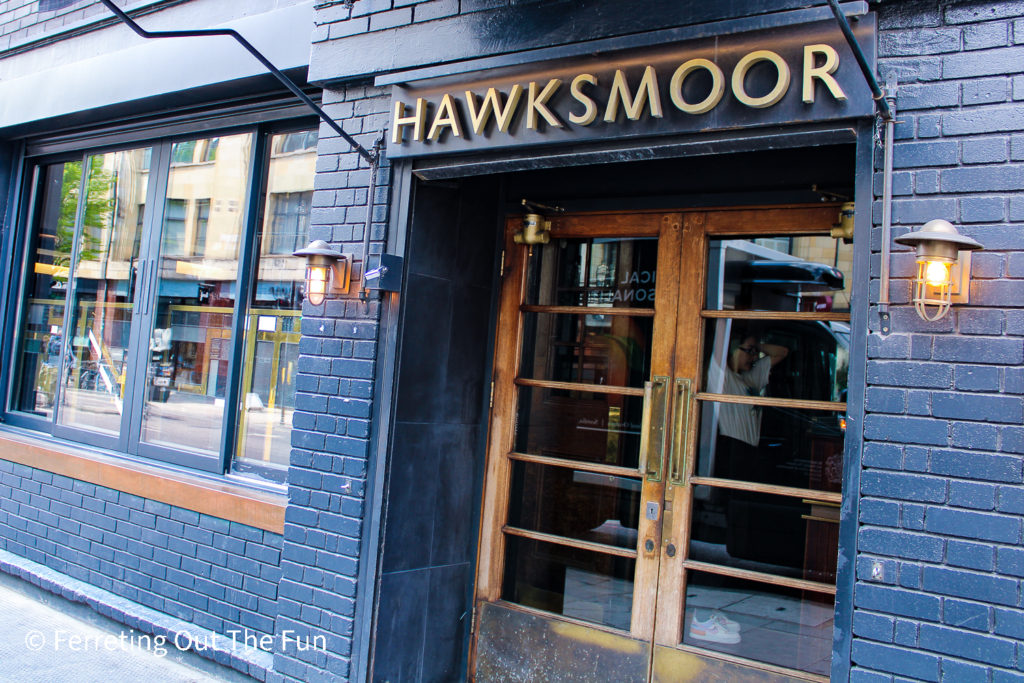
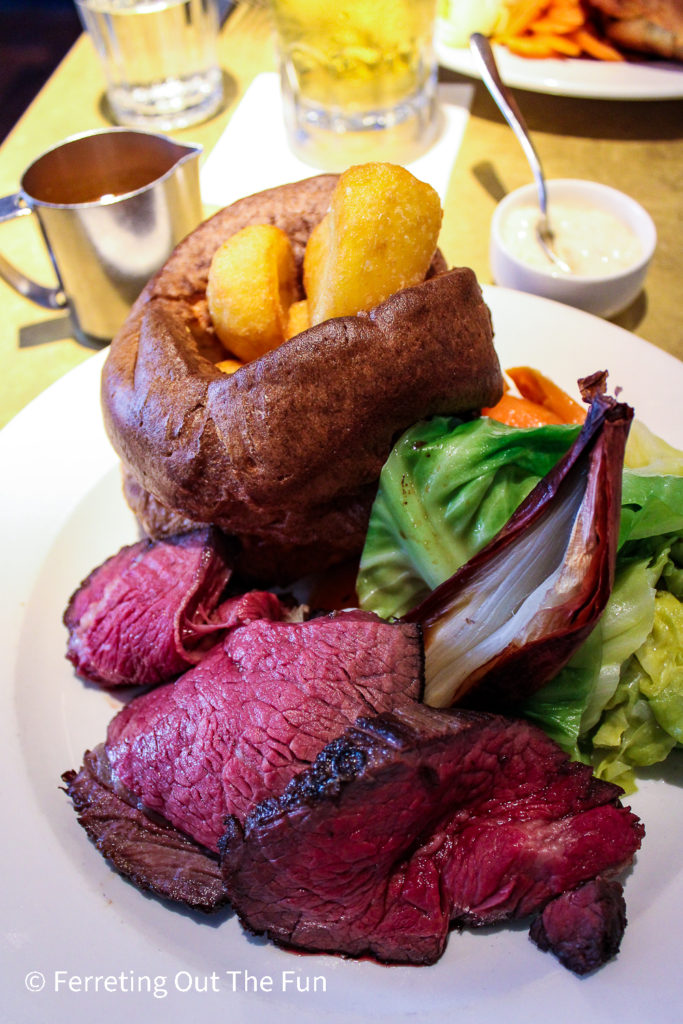
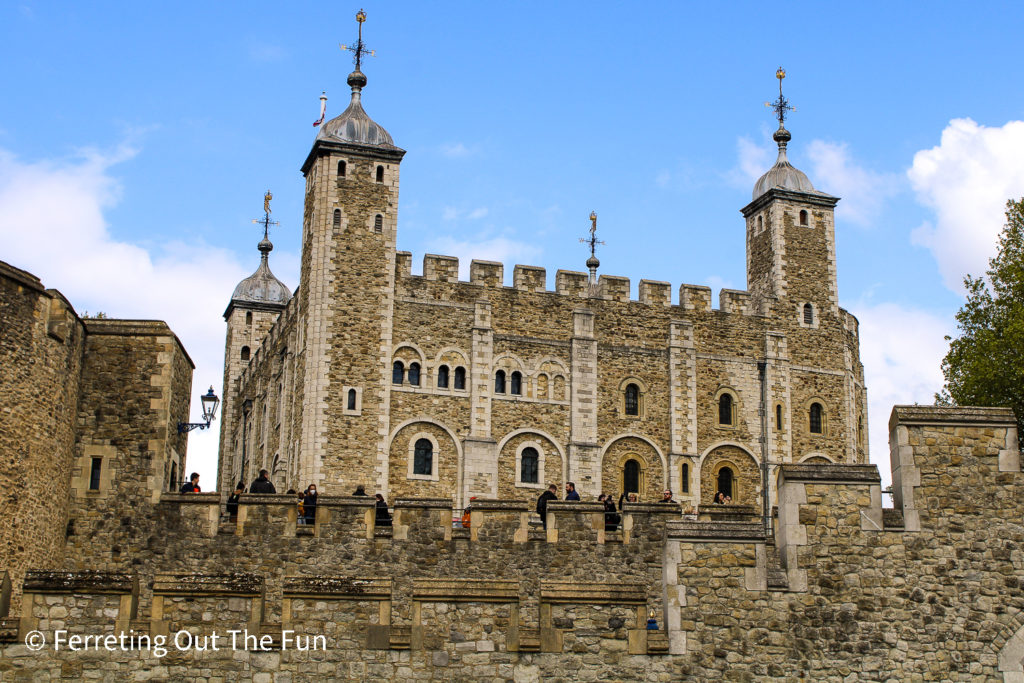
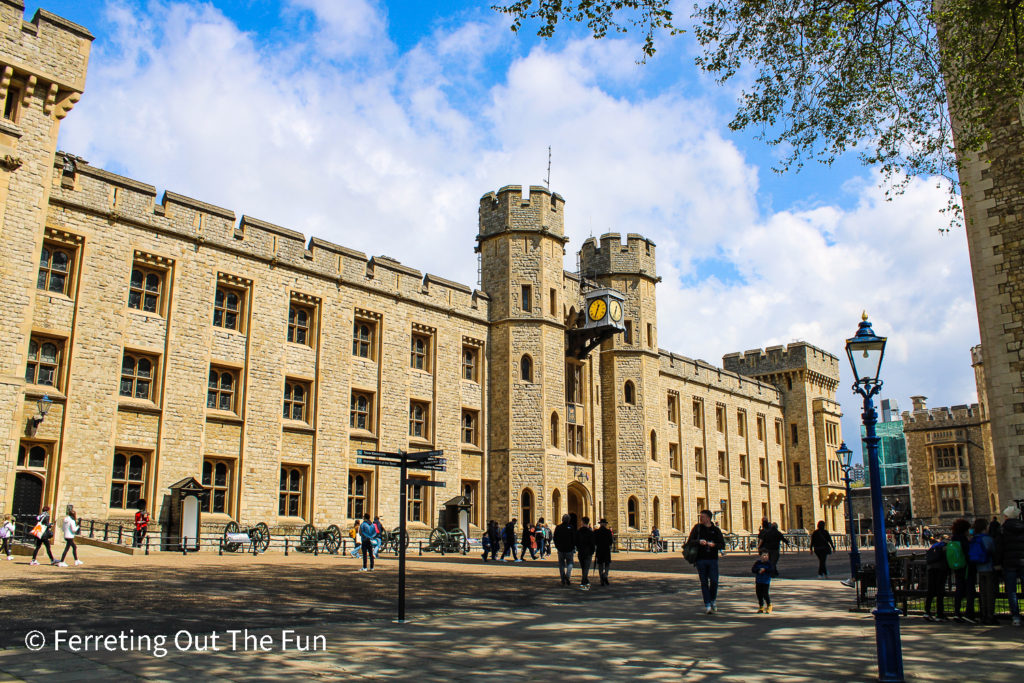
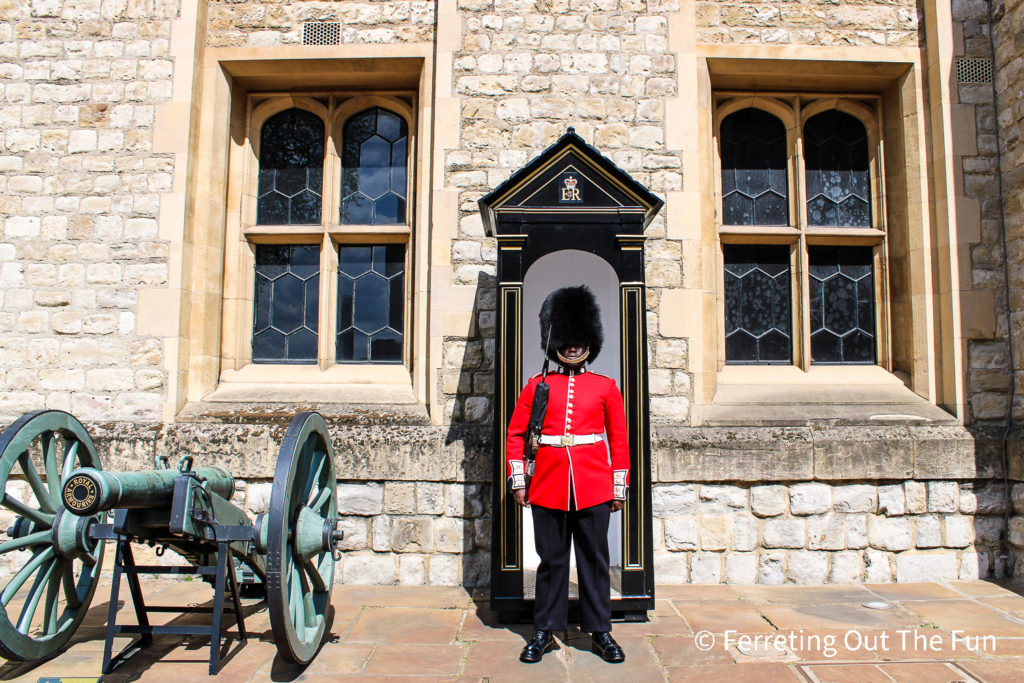
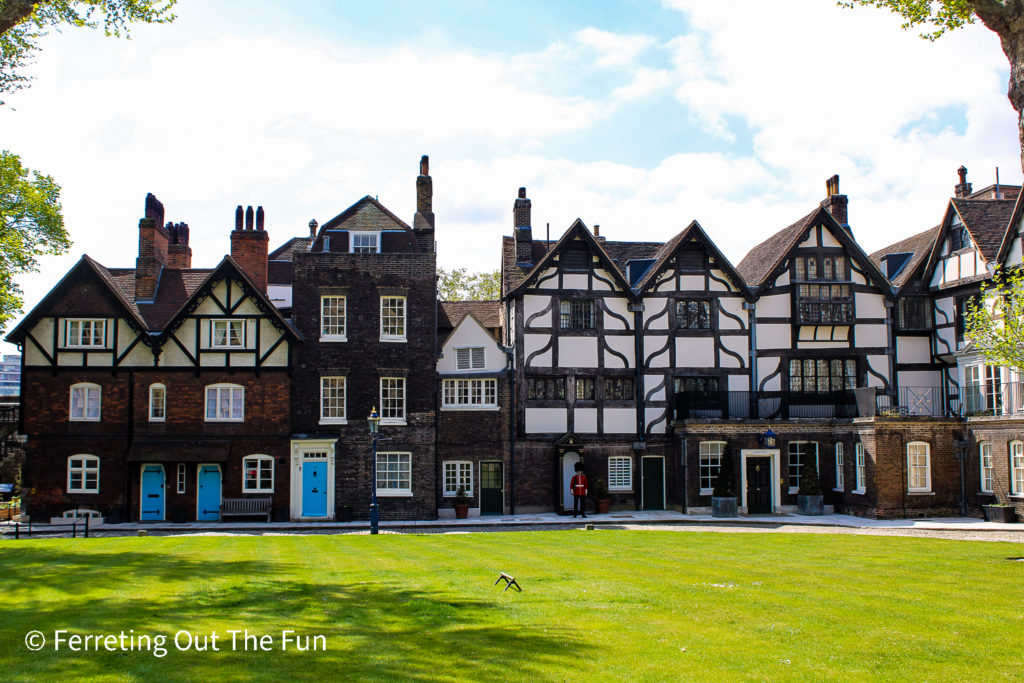
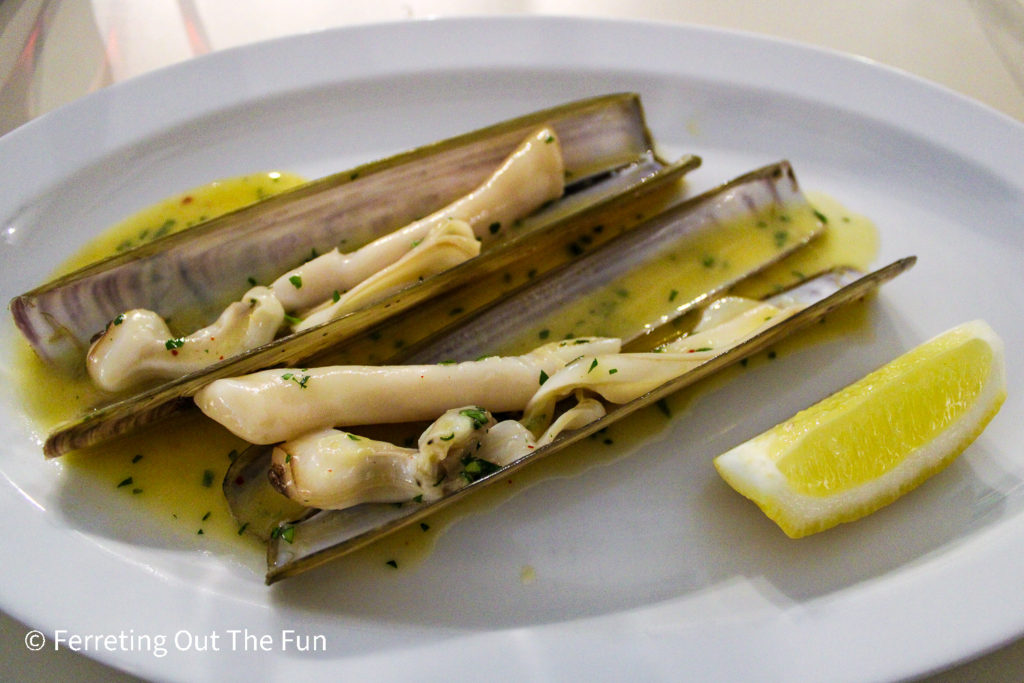
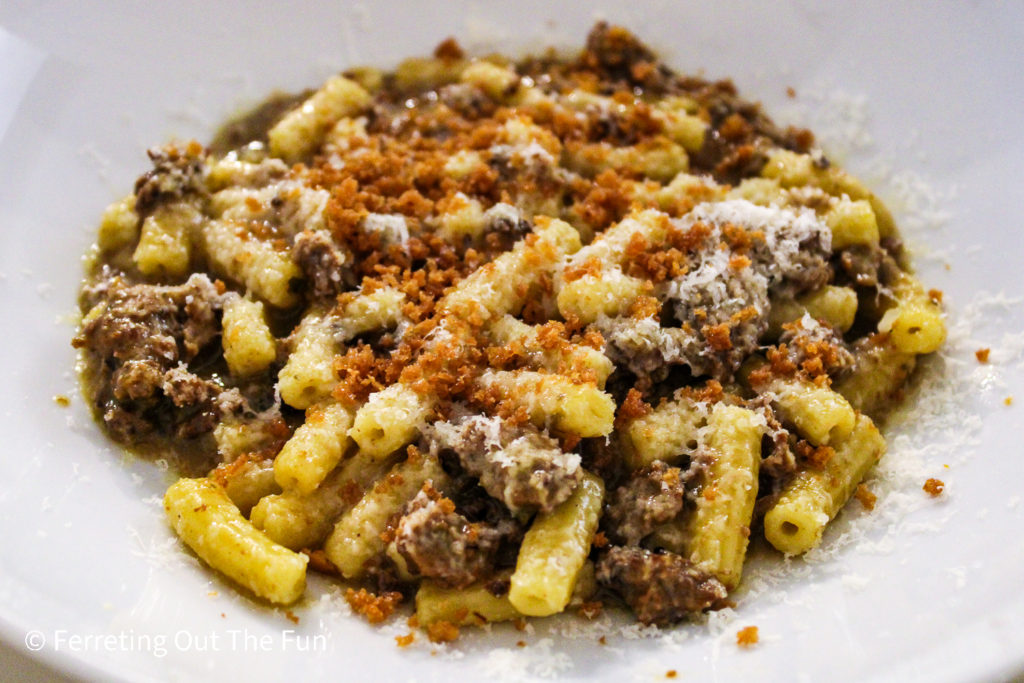
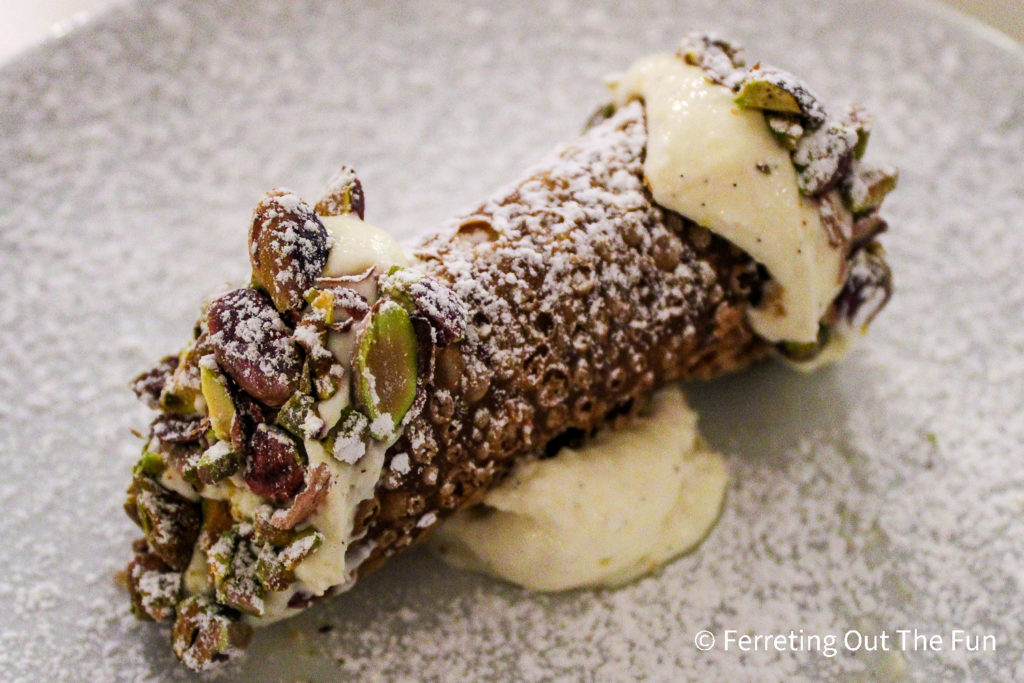
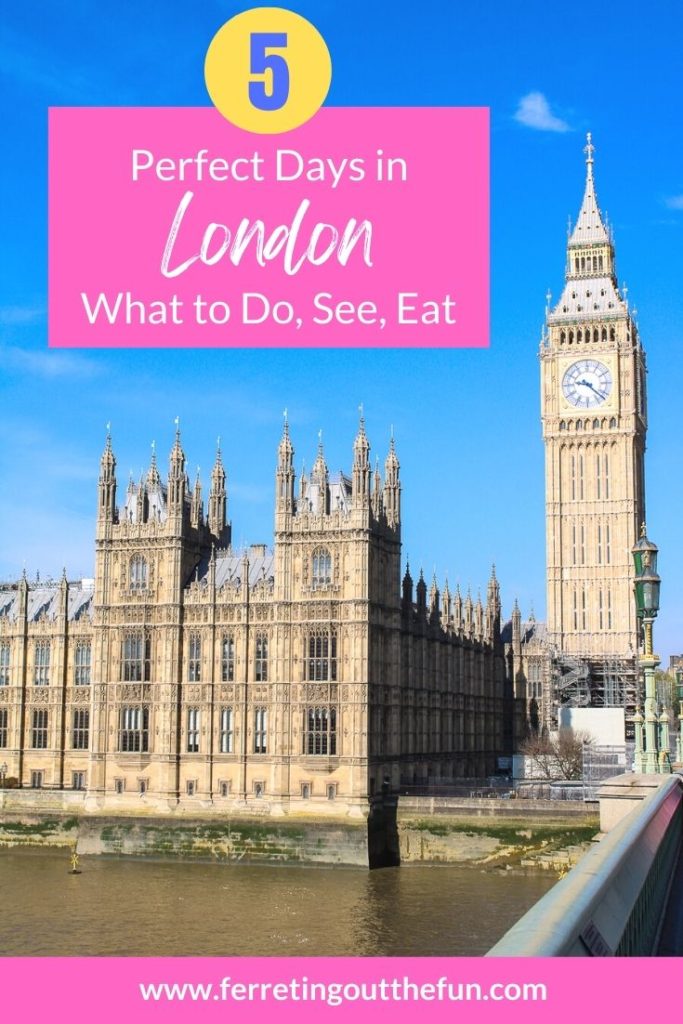
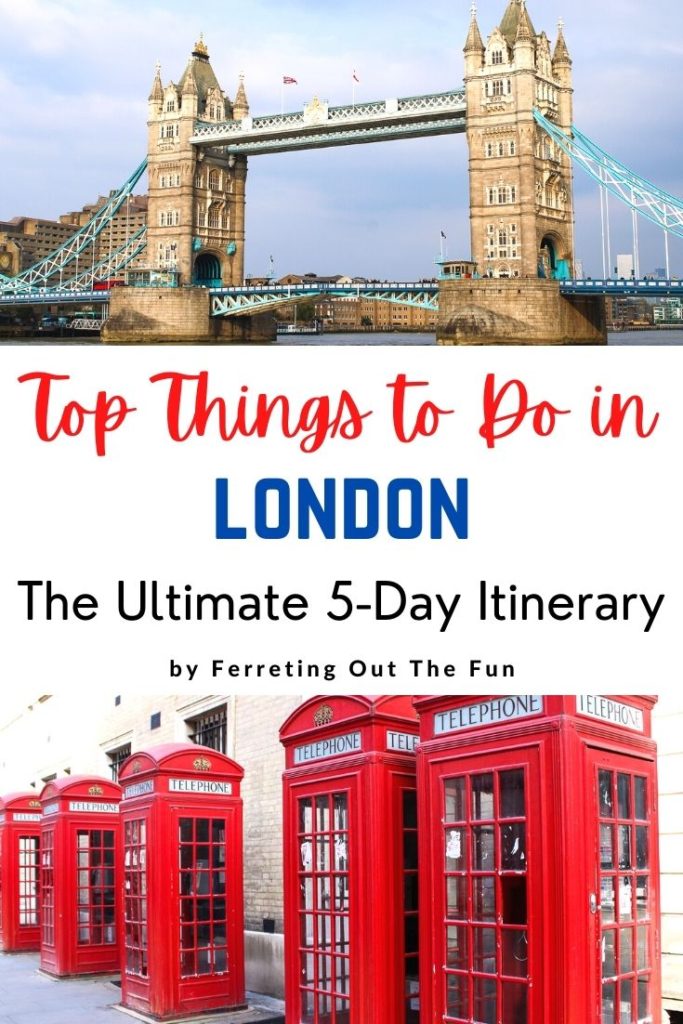
Excellent blog as expected!! Love all the pictures. I’ve been to London twice on tours many many years ago. Two days each time and saw a small portion of the things in your post. I would love to spend a couple of months there . The Wallace house – no words come to mind except magnificent!! Again, excellent blog. Enjoyed it immensely!!
Thanks, Mom! I would love to go back to London with you!!
Heather, This was one of your best posts! Liberty of London is one of my favorite stops. Thanks for the posting.
Thank you so much, Celeste! I appreciate your kind words!